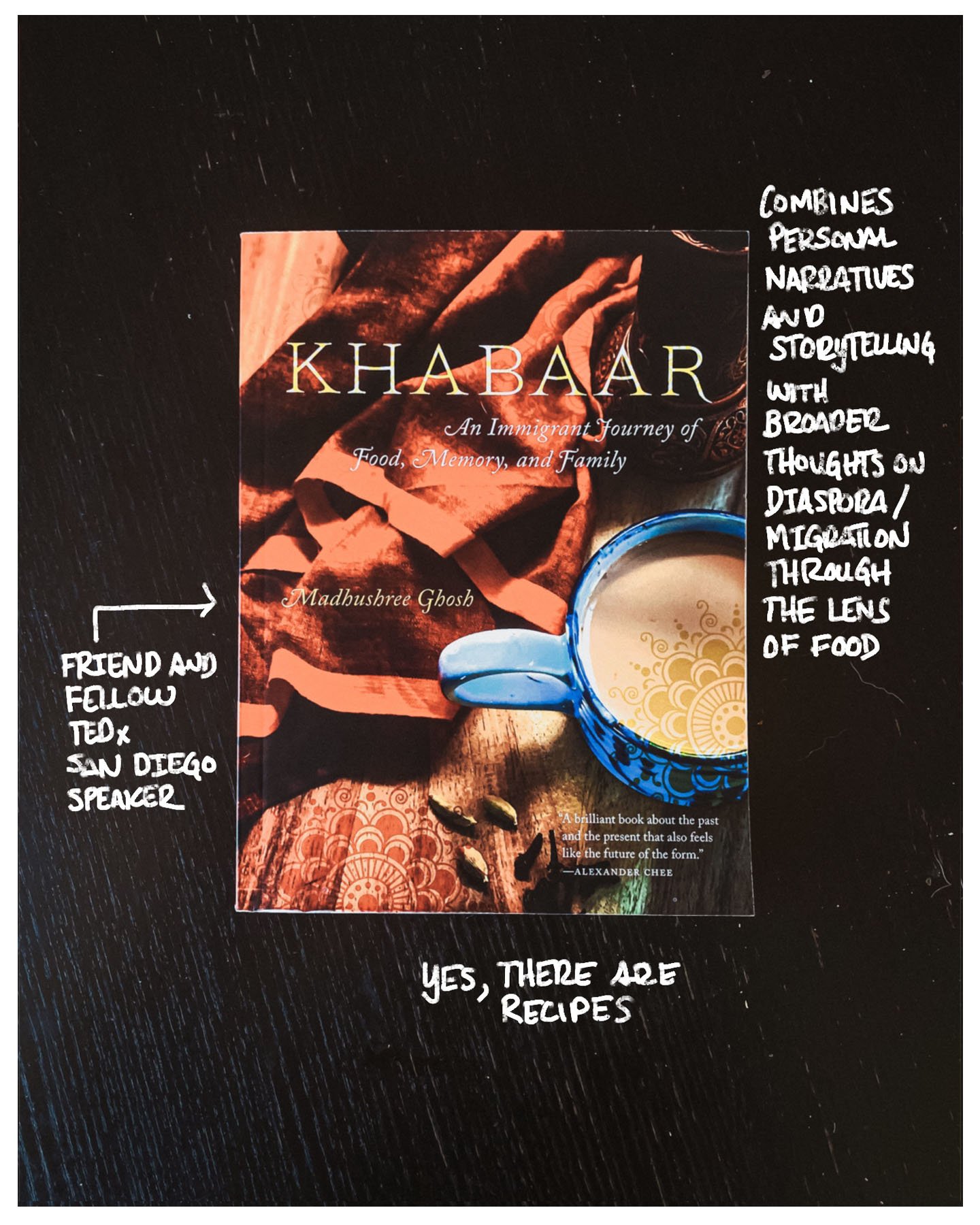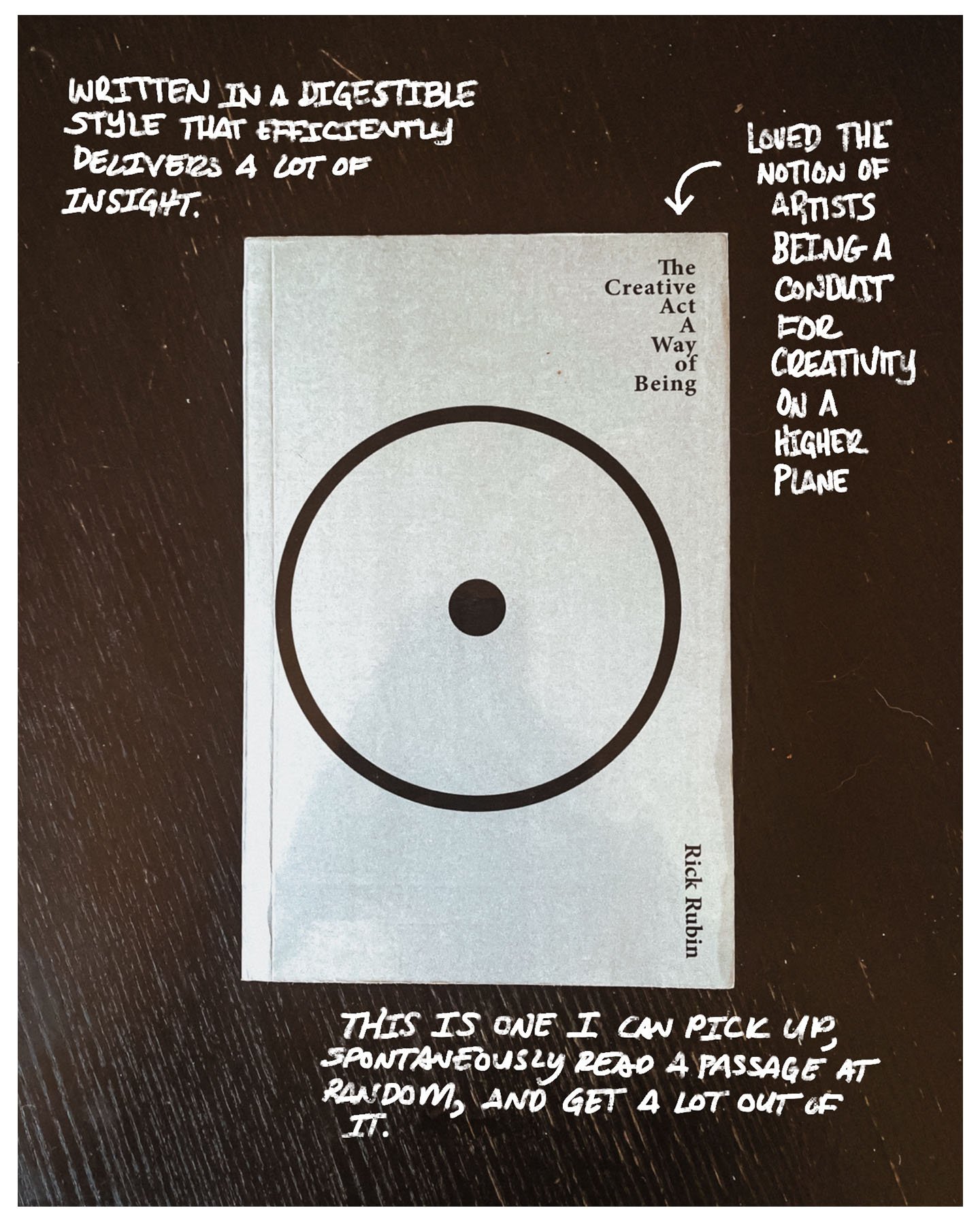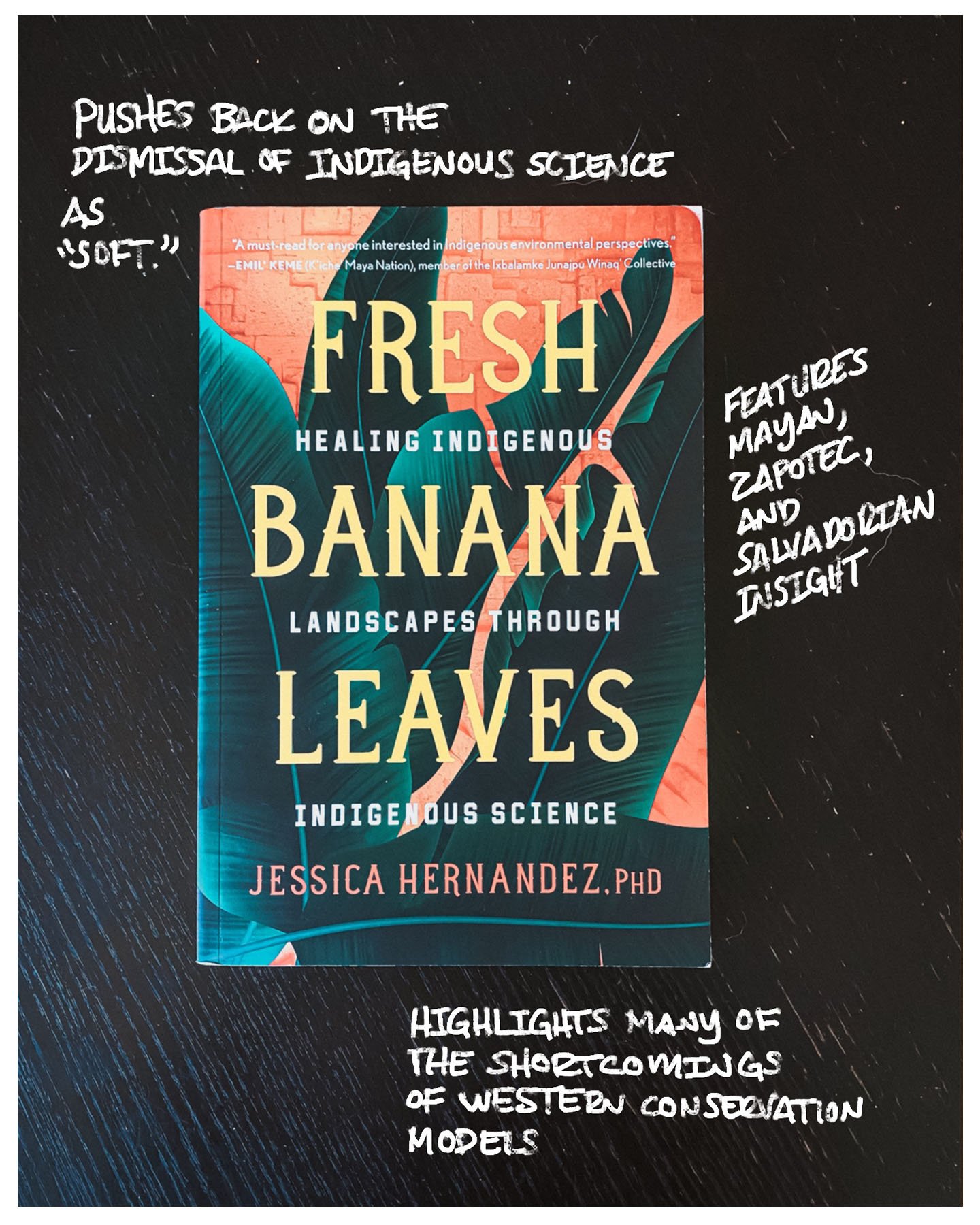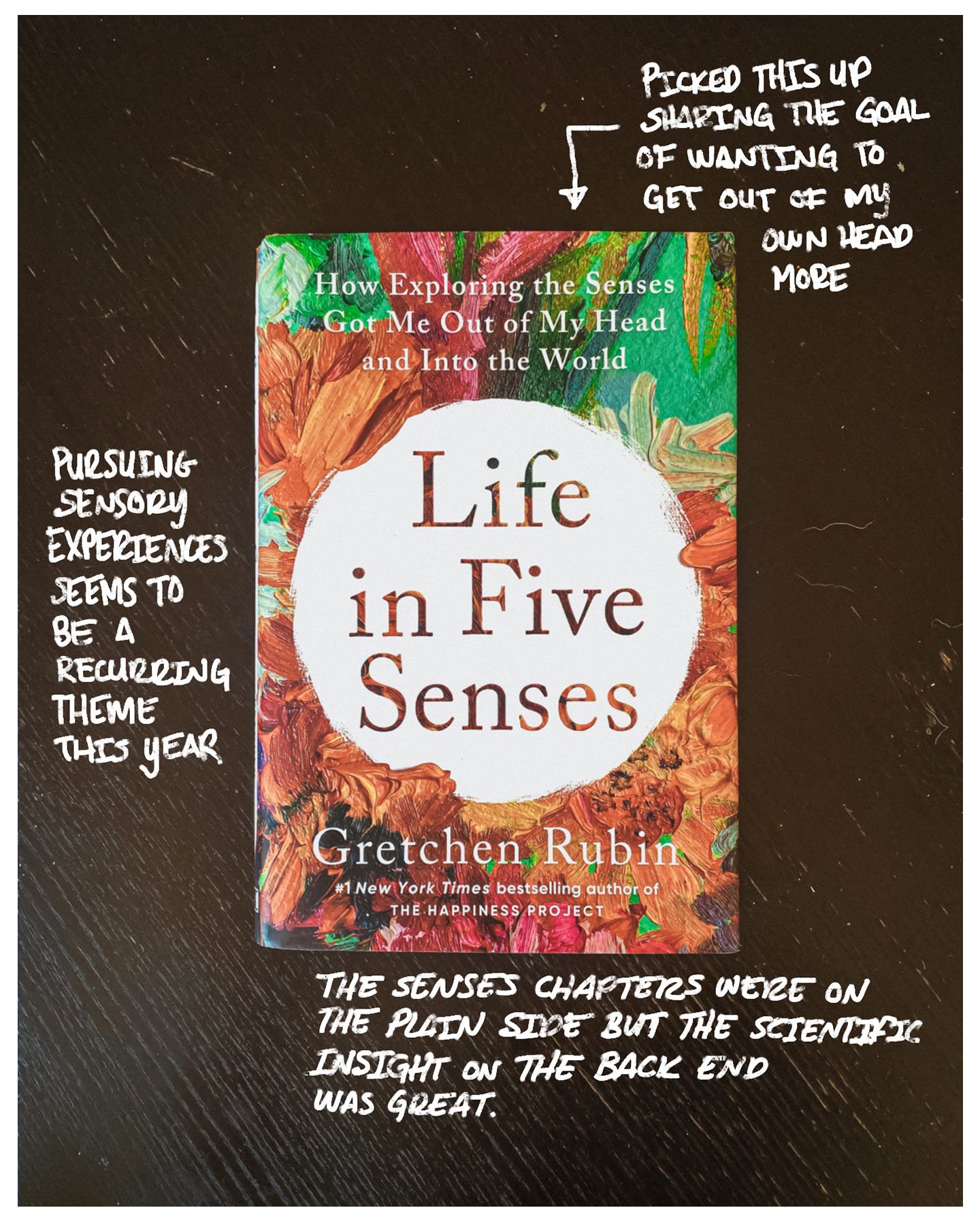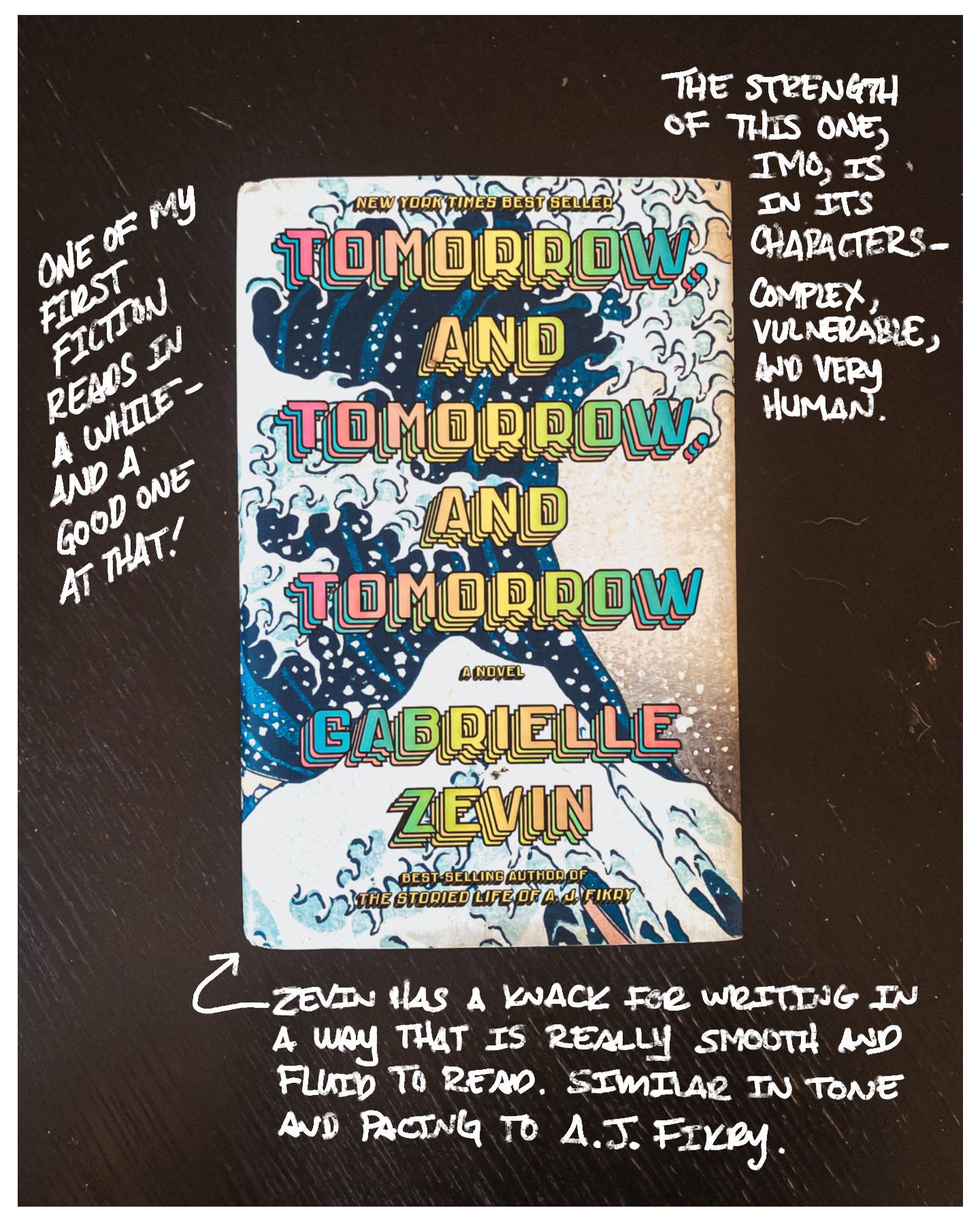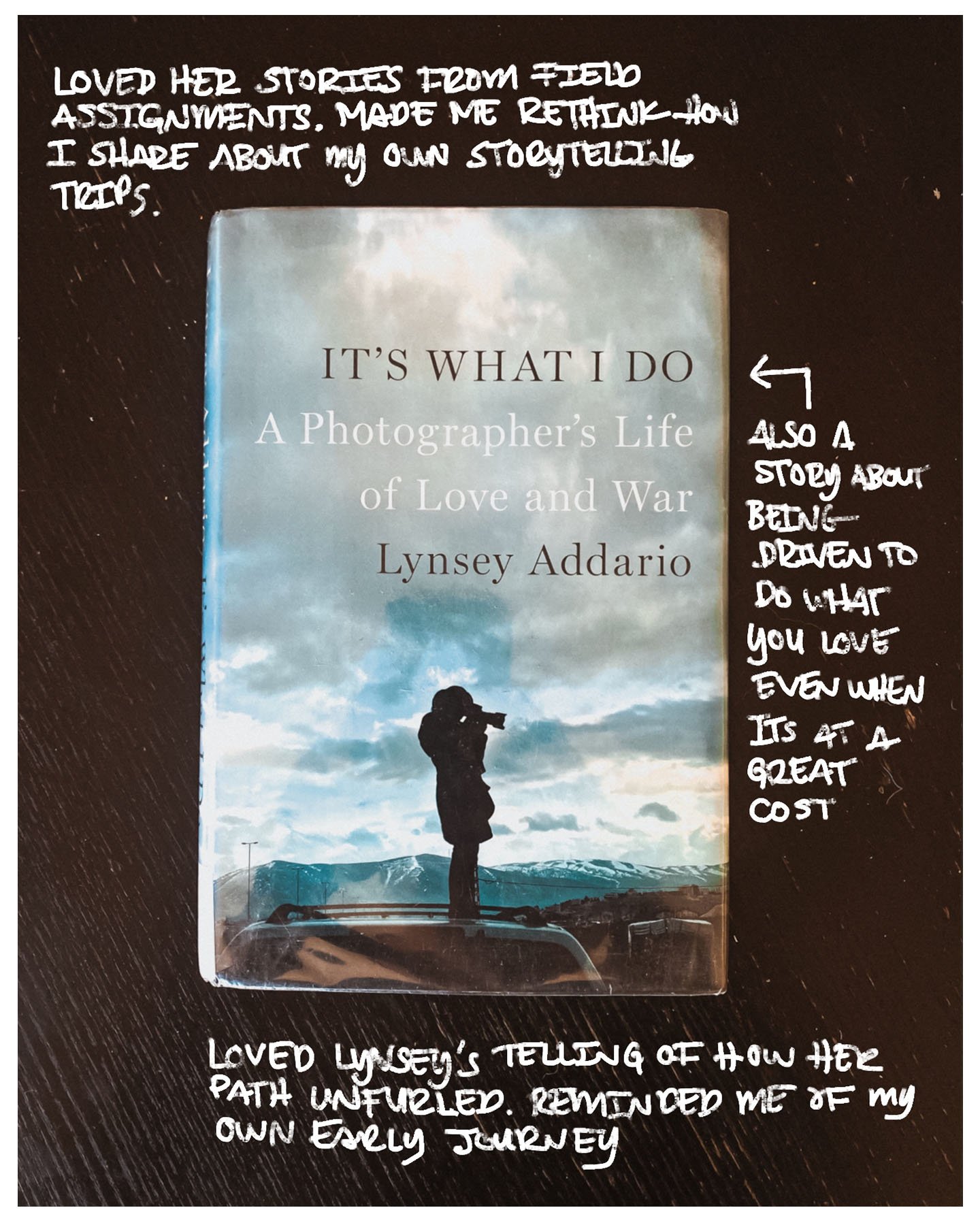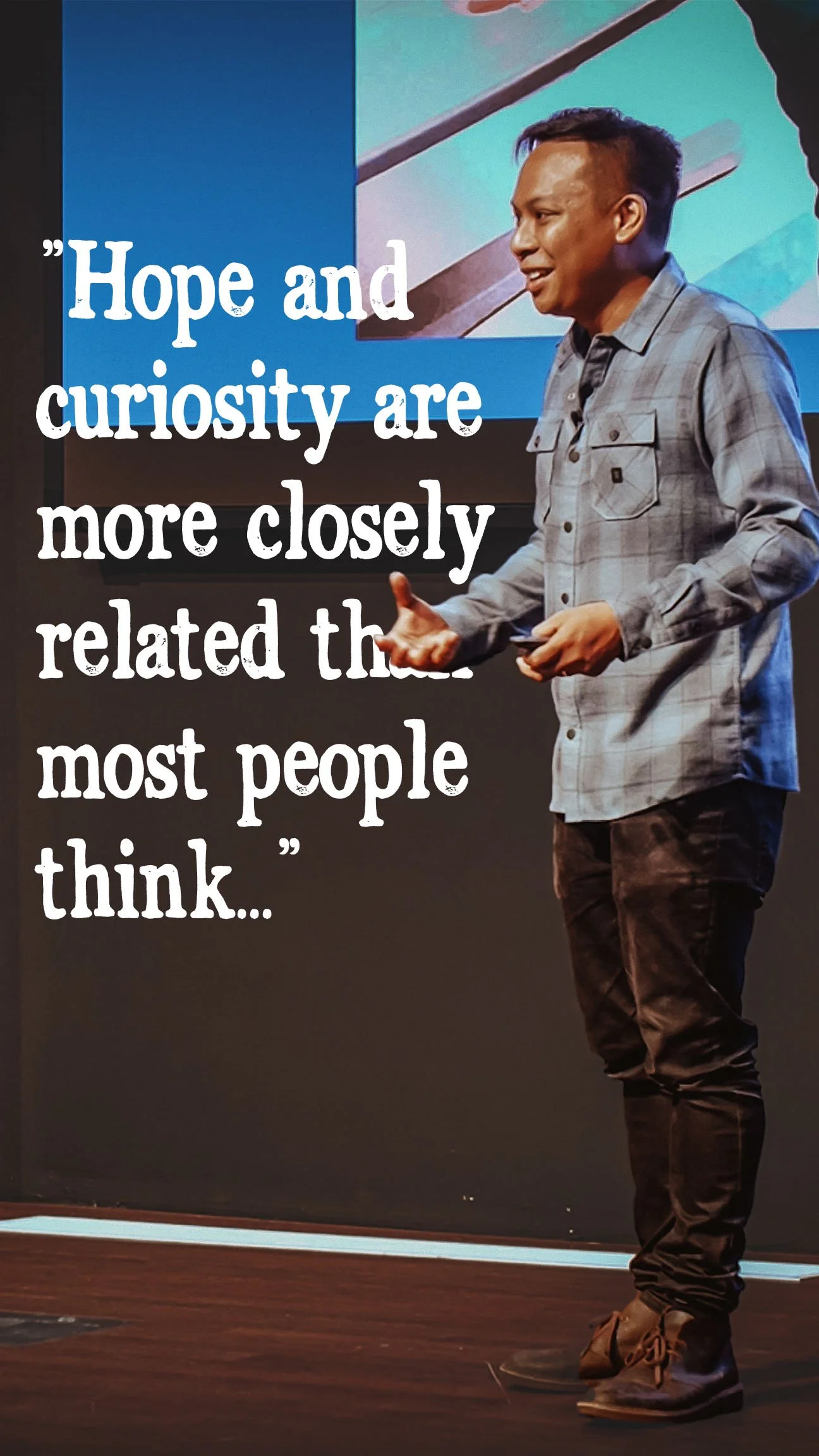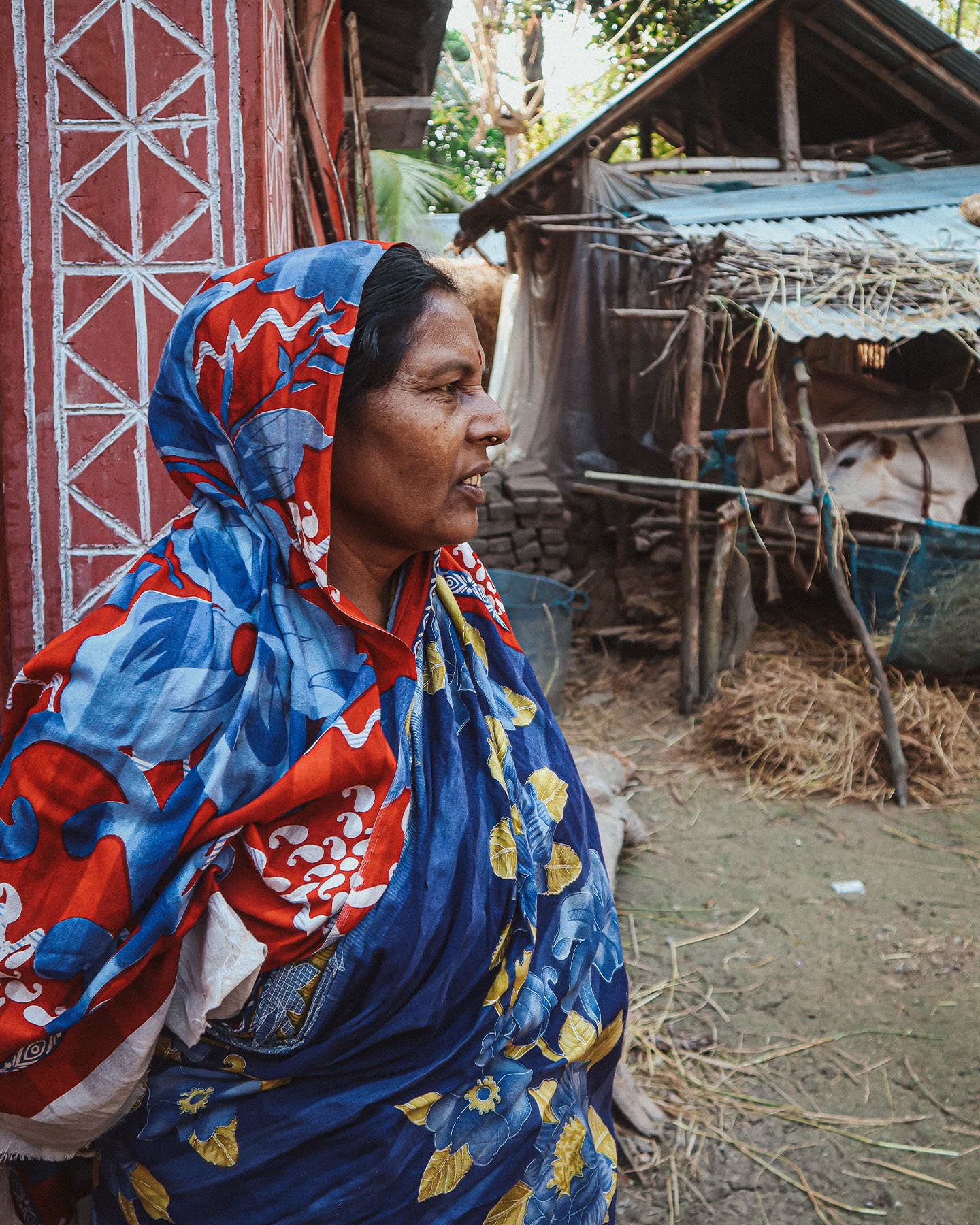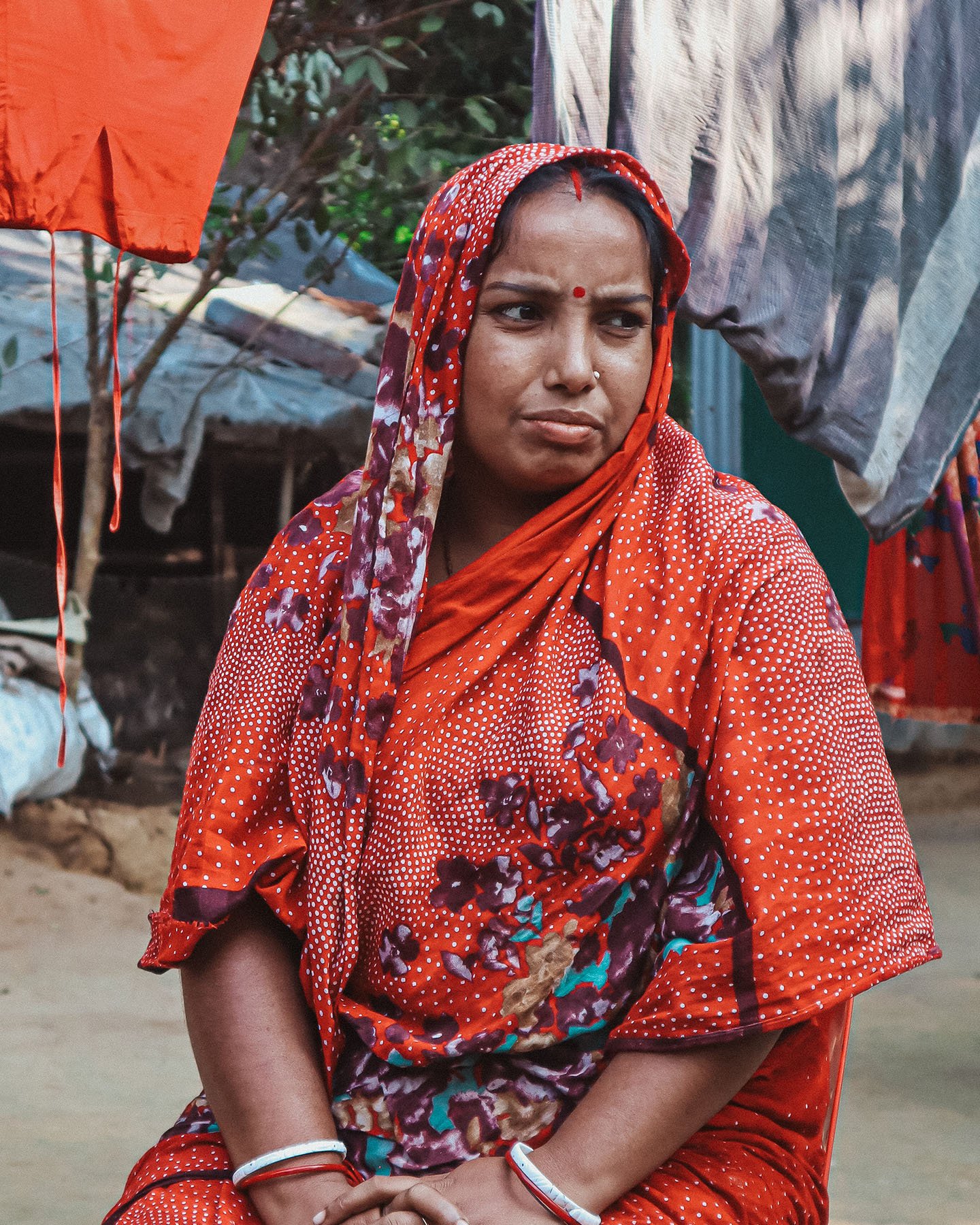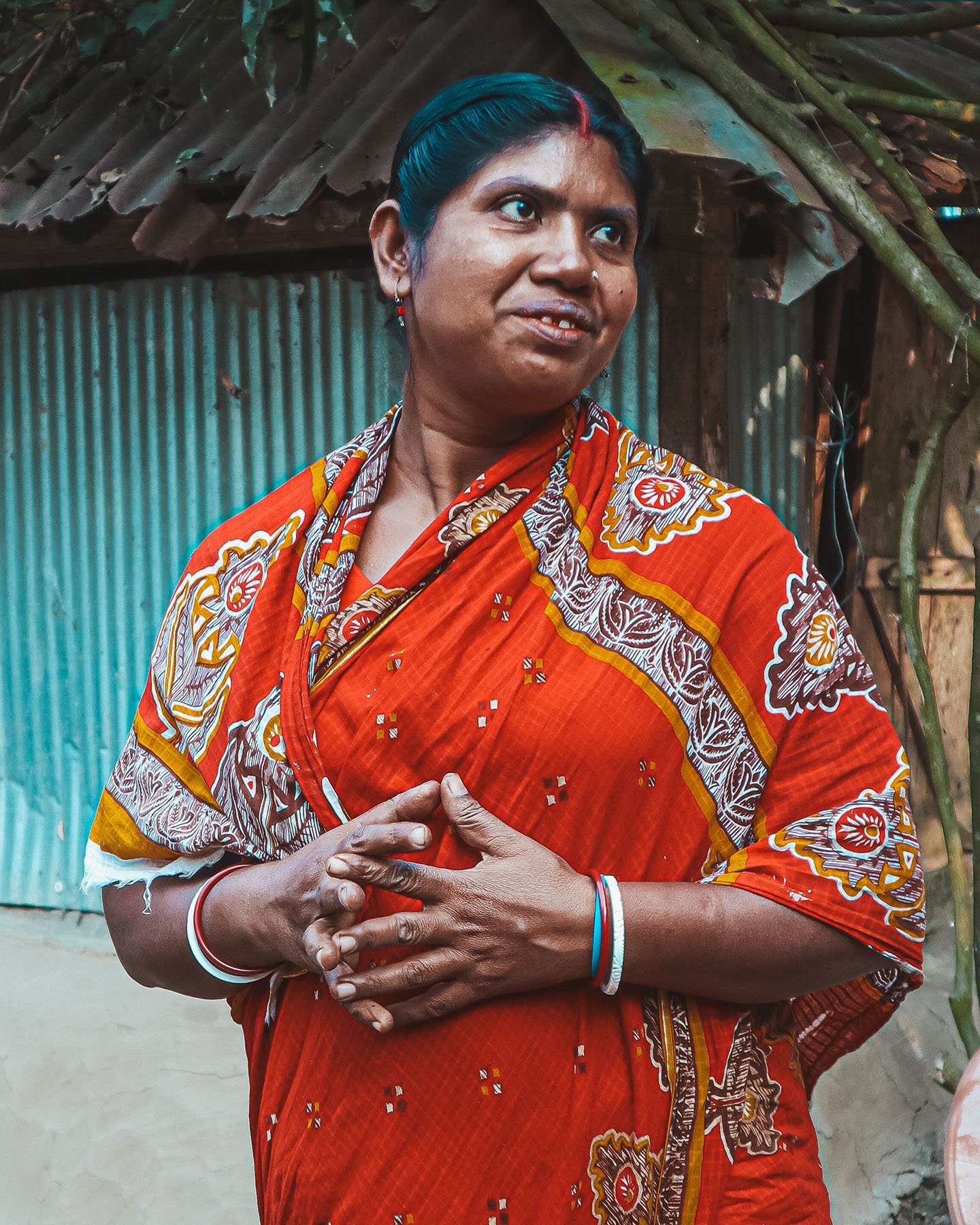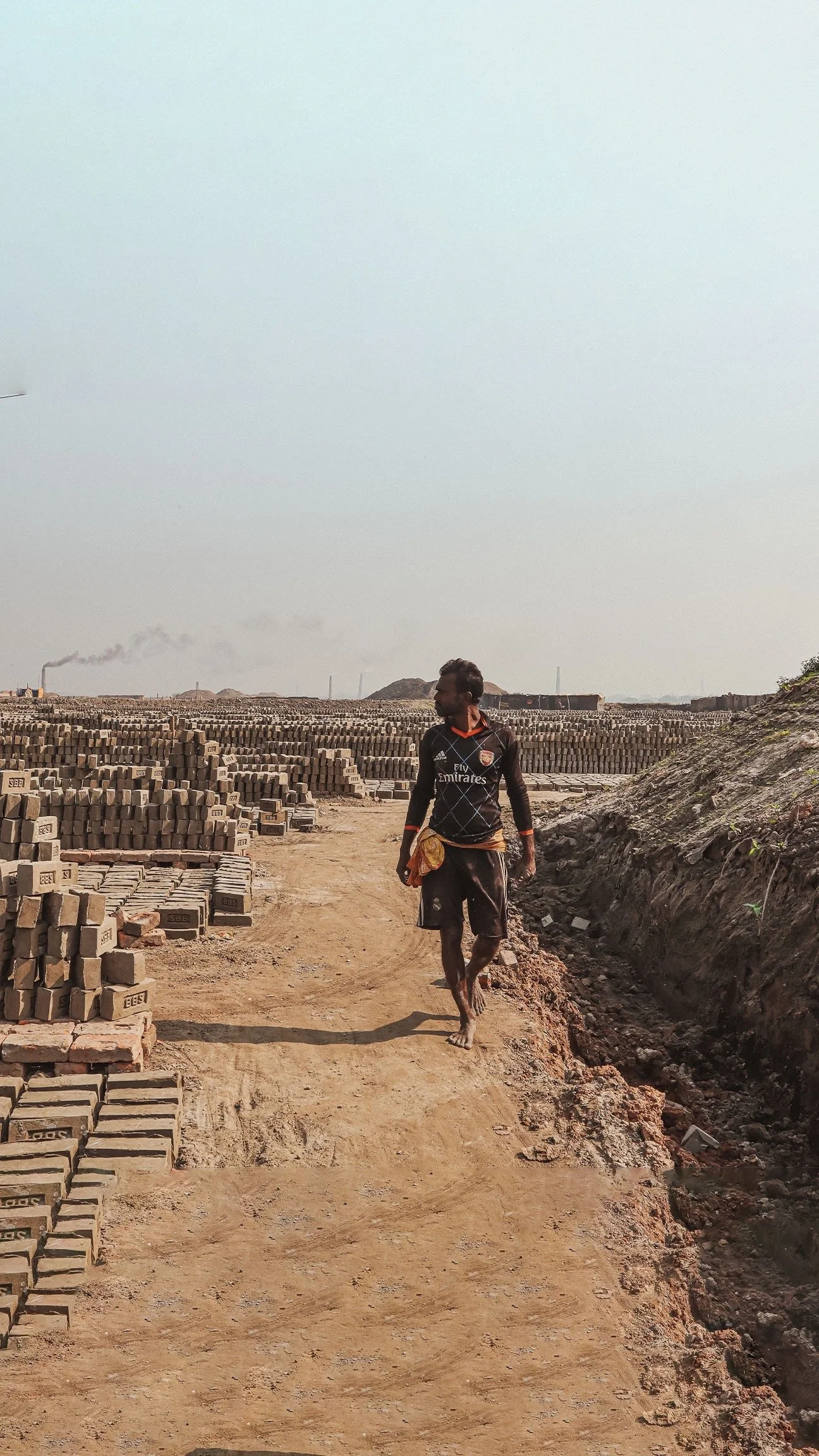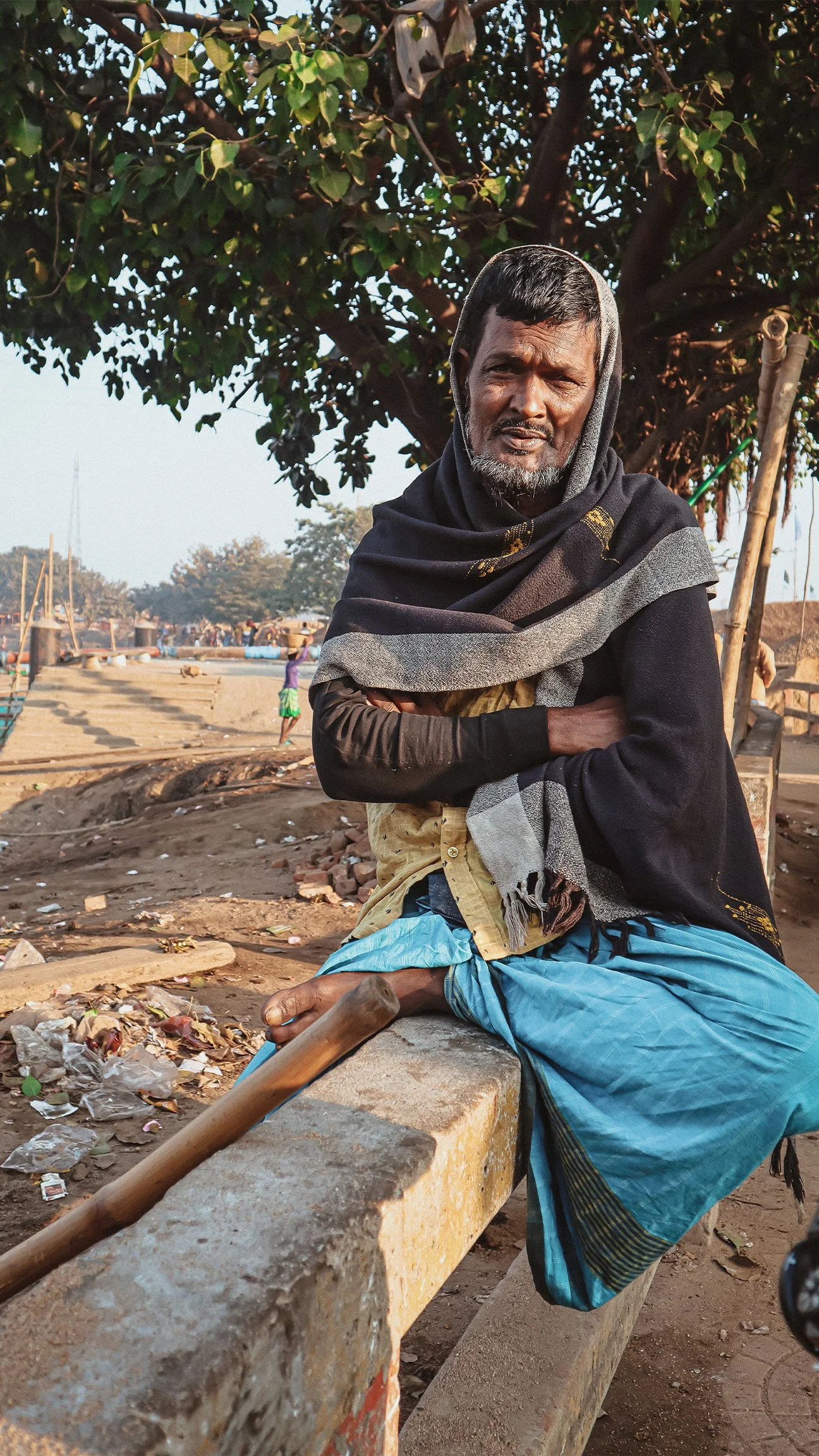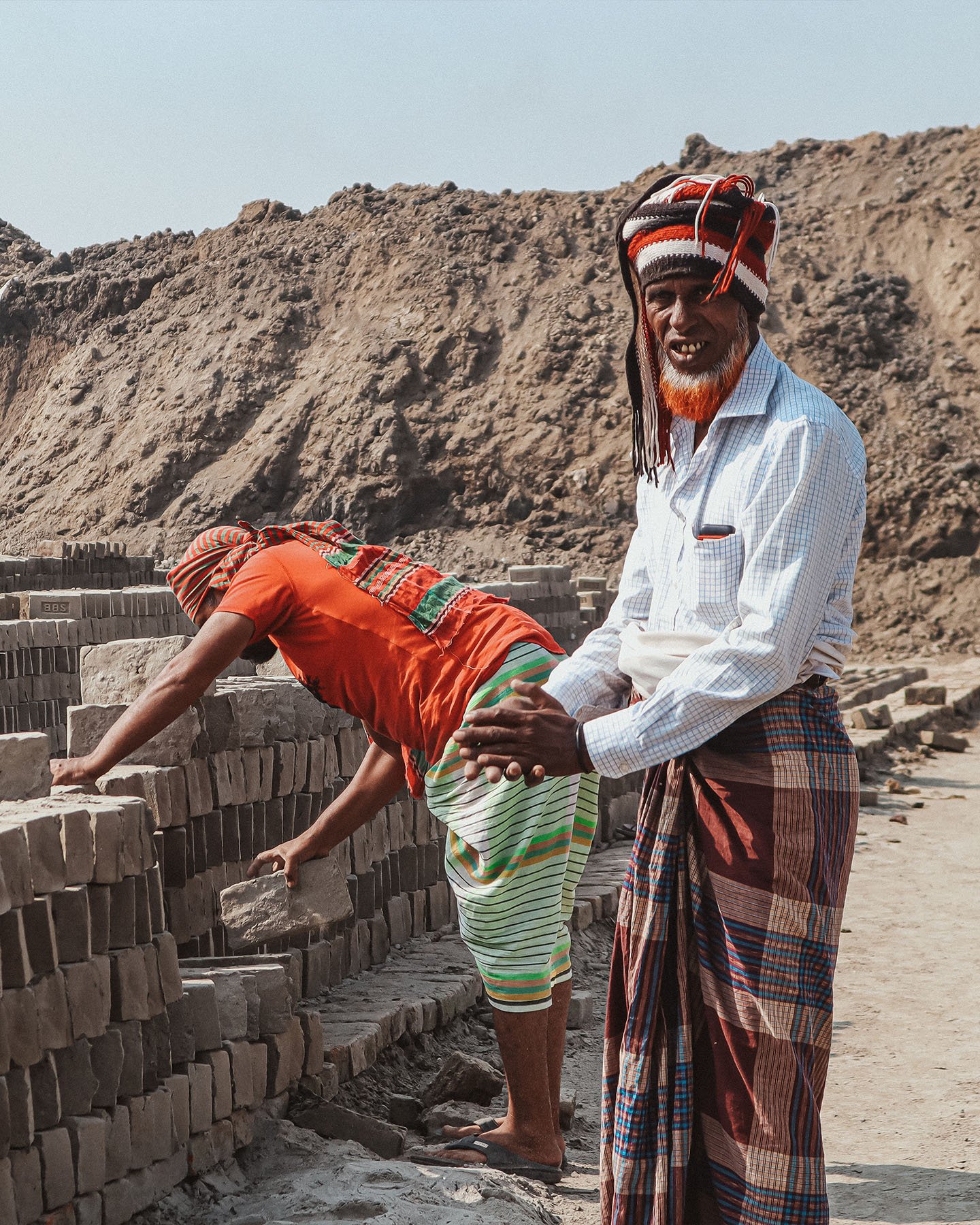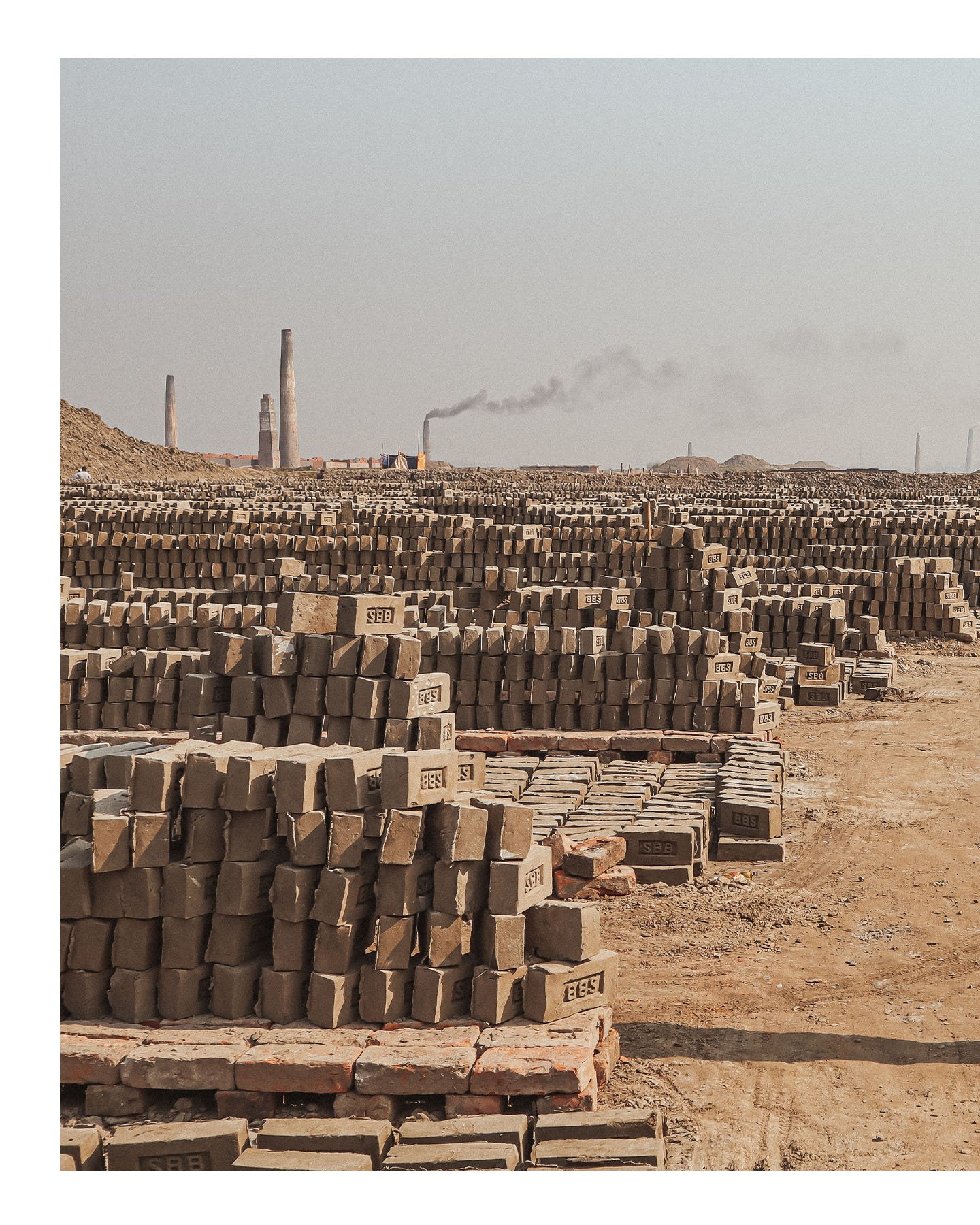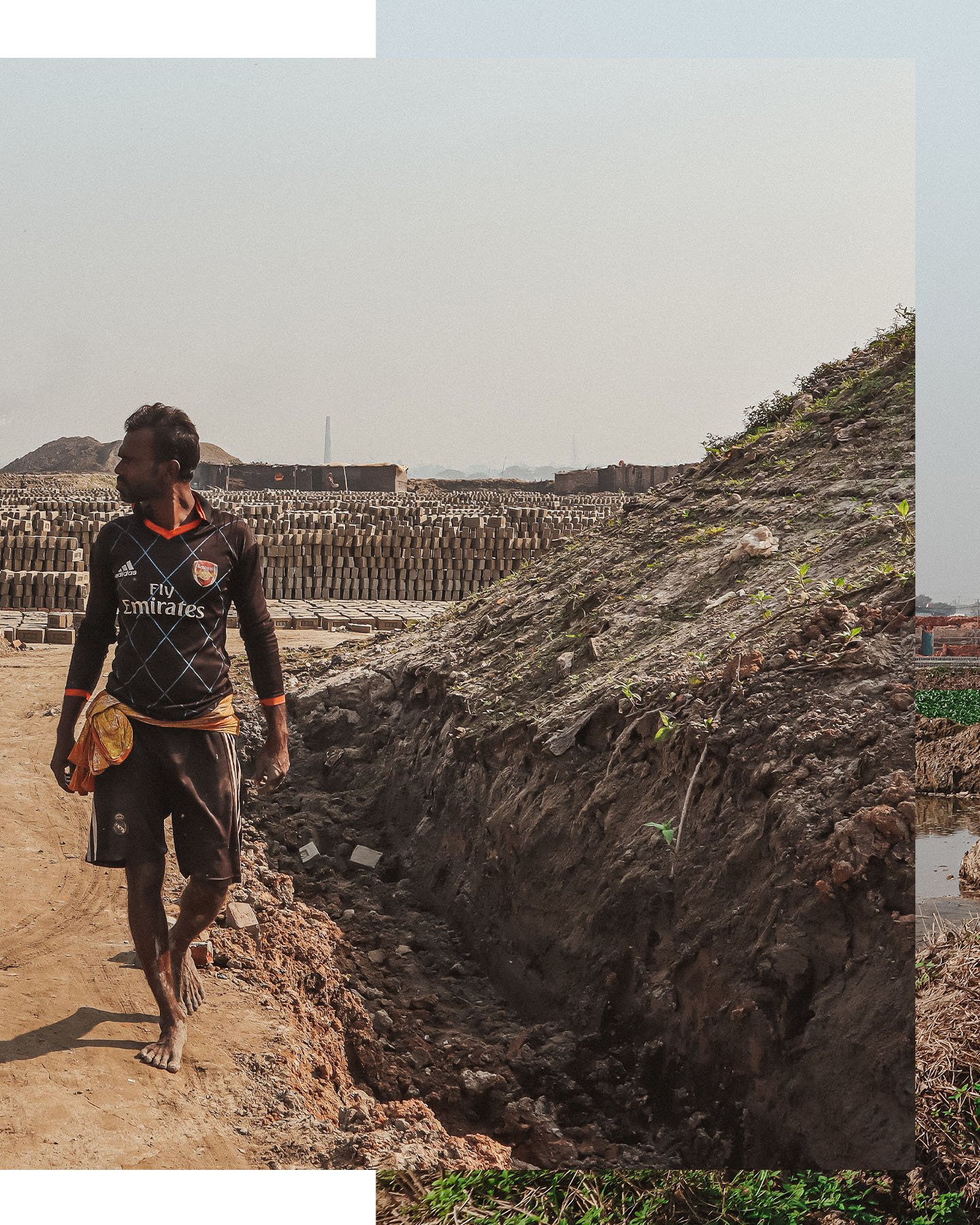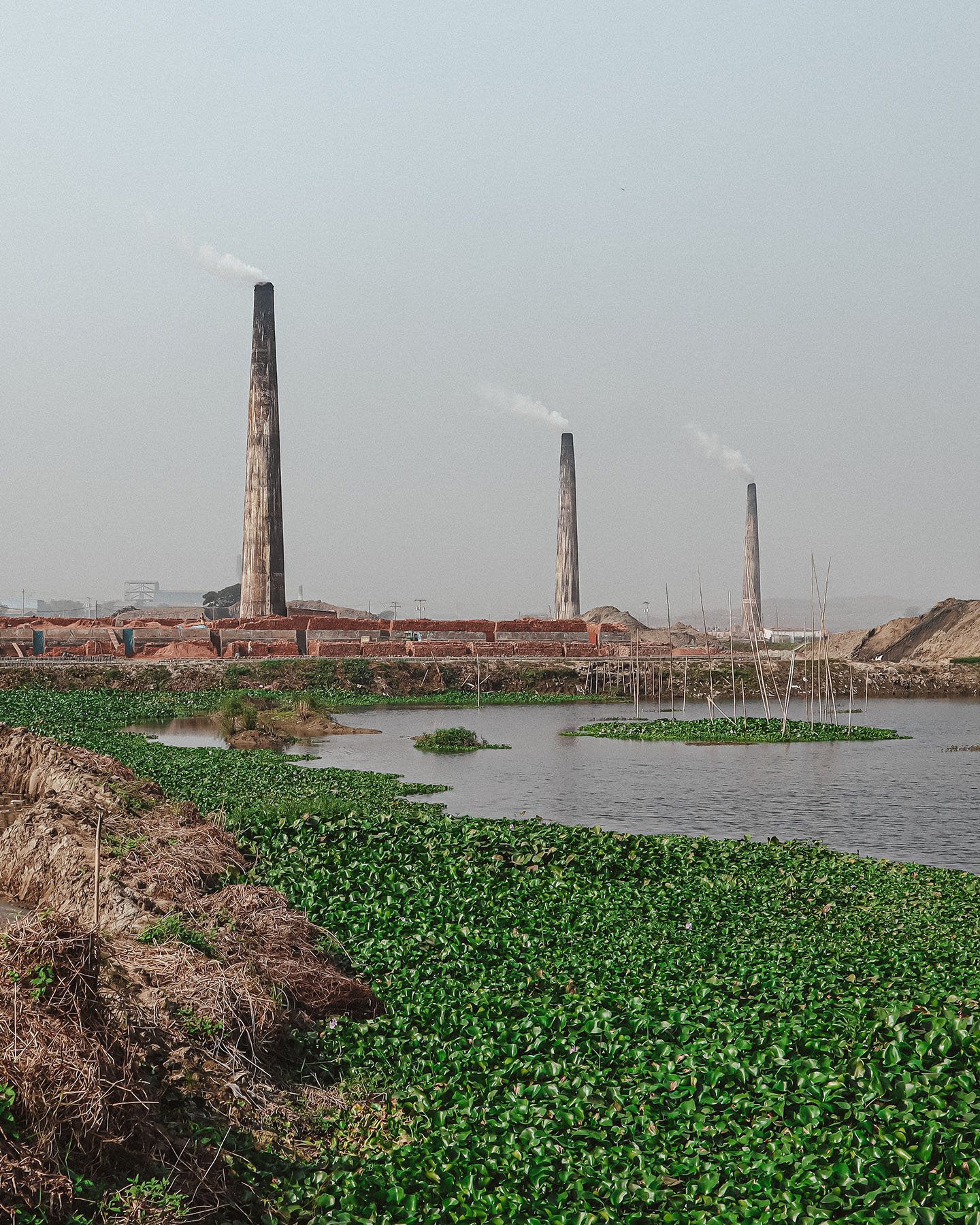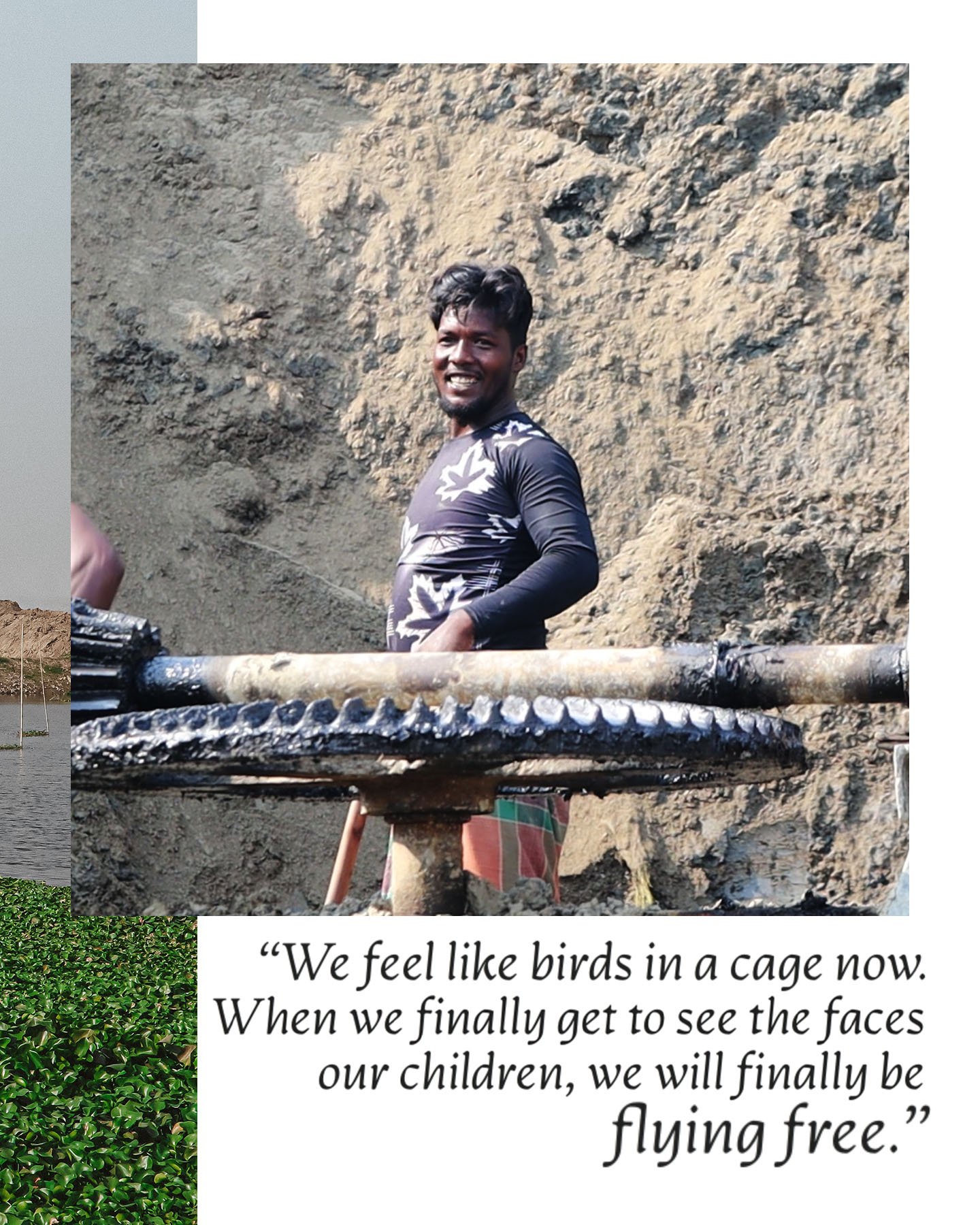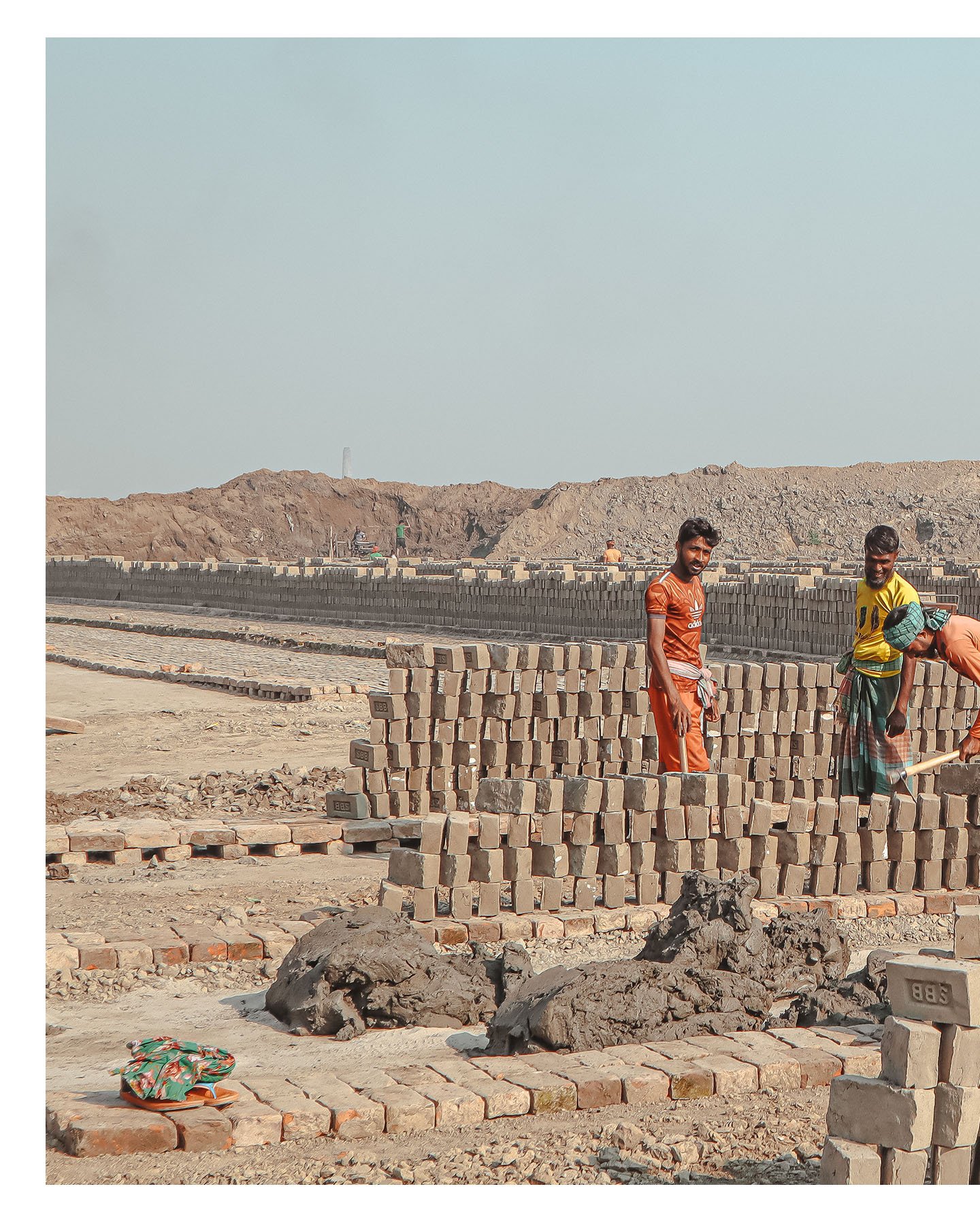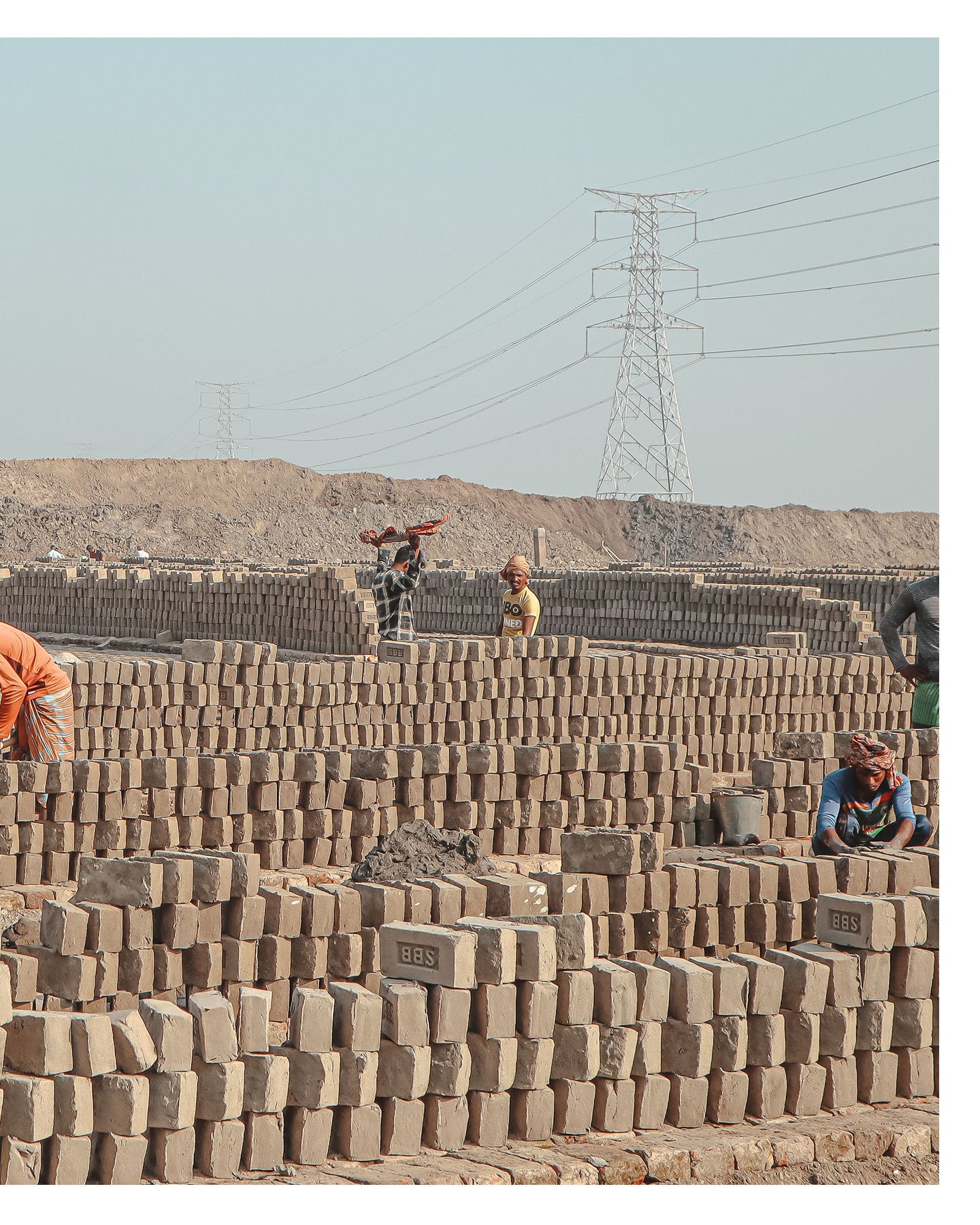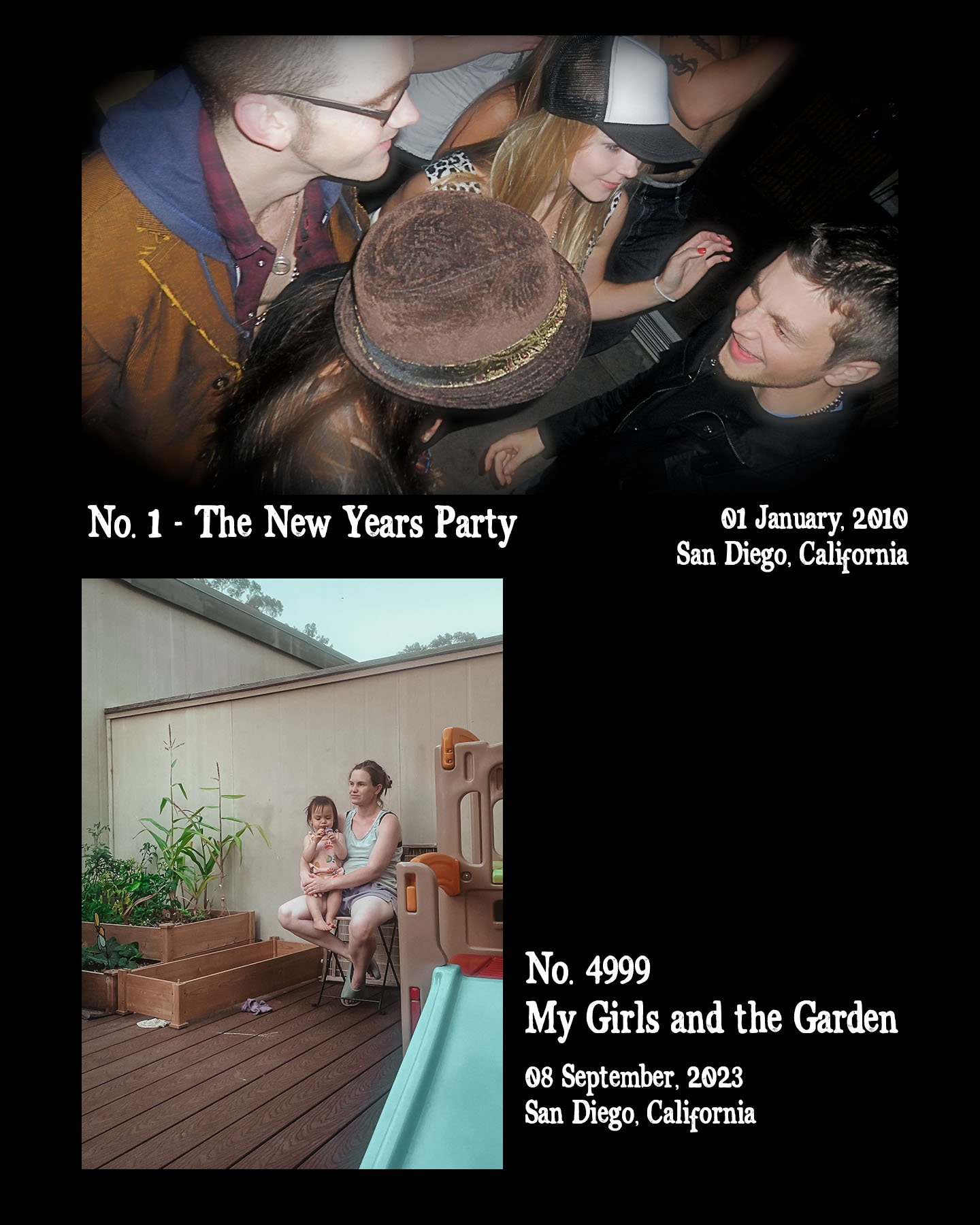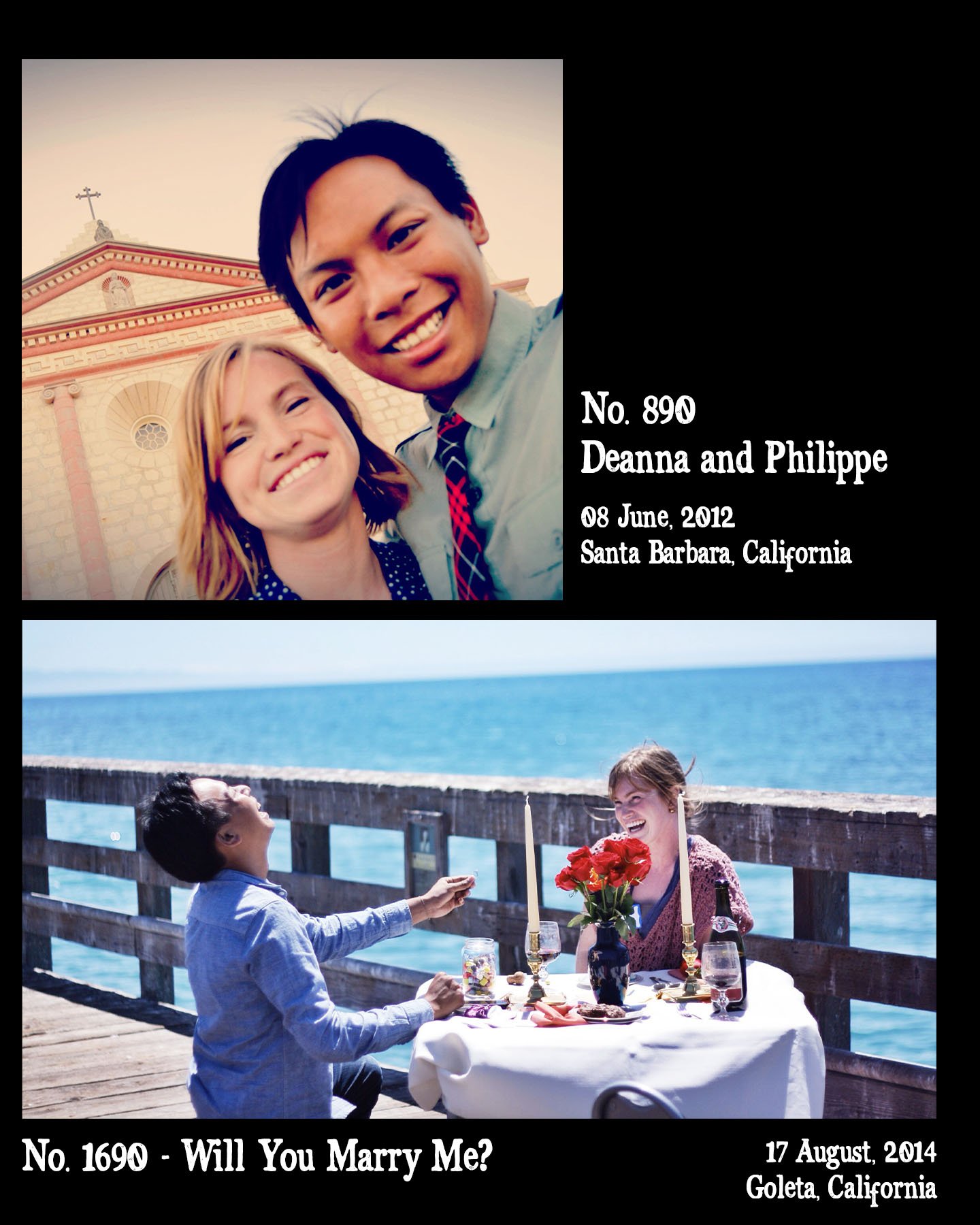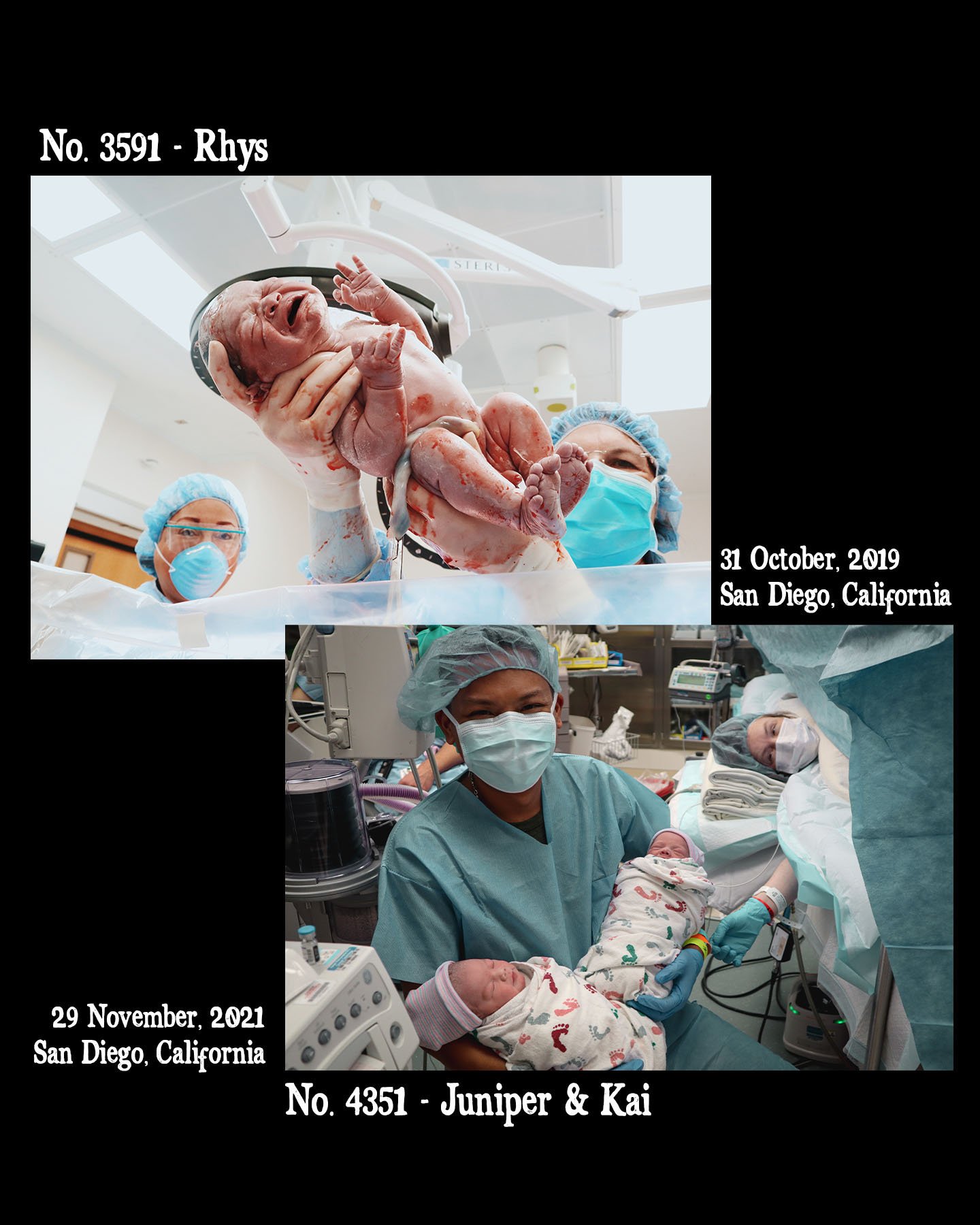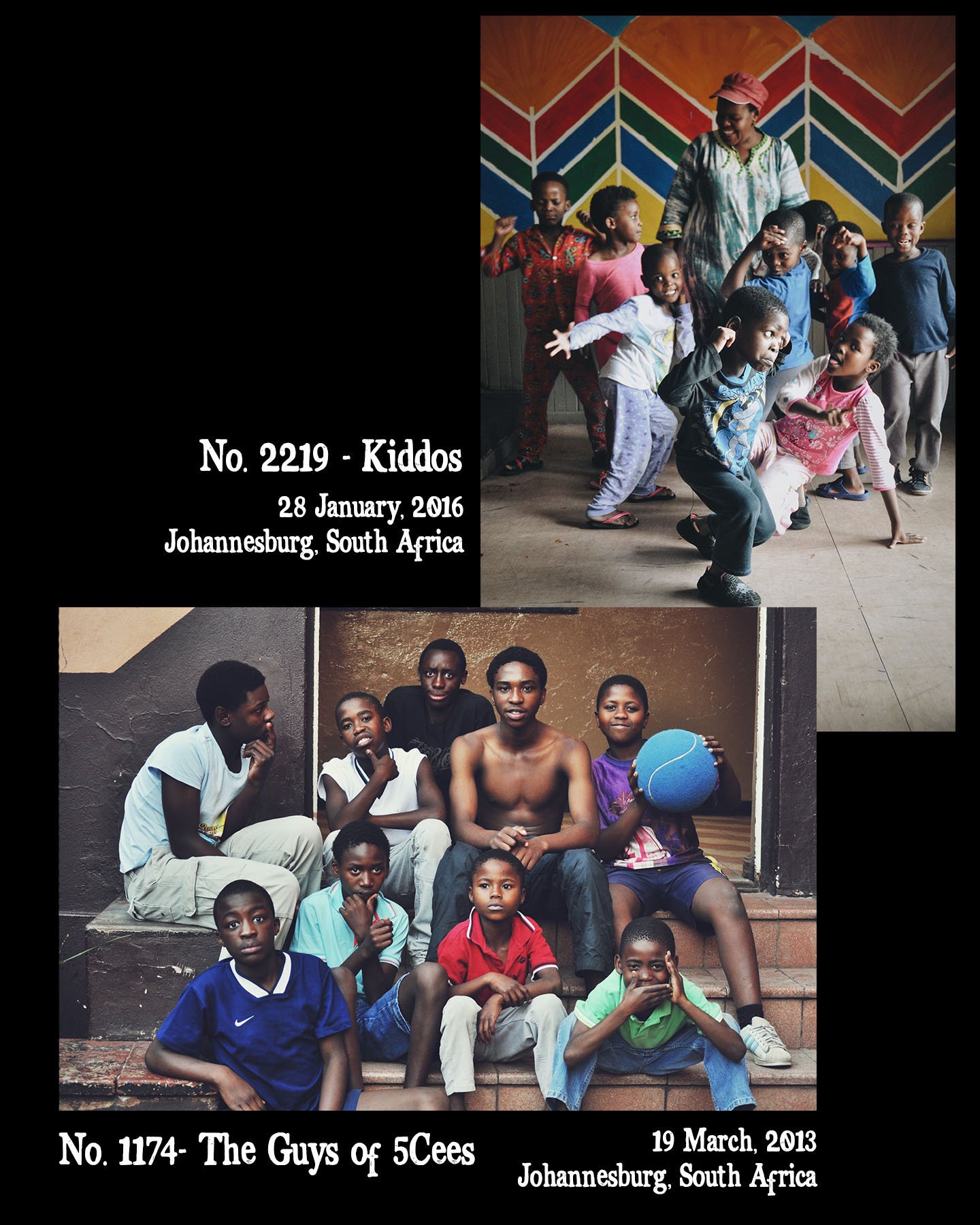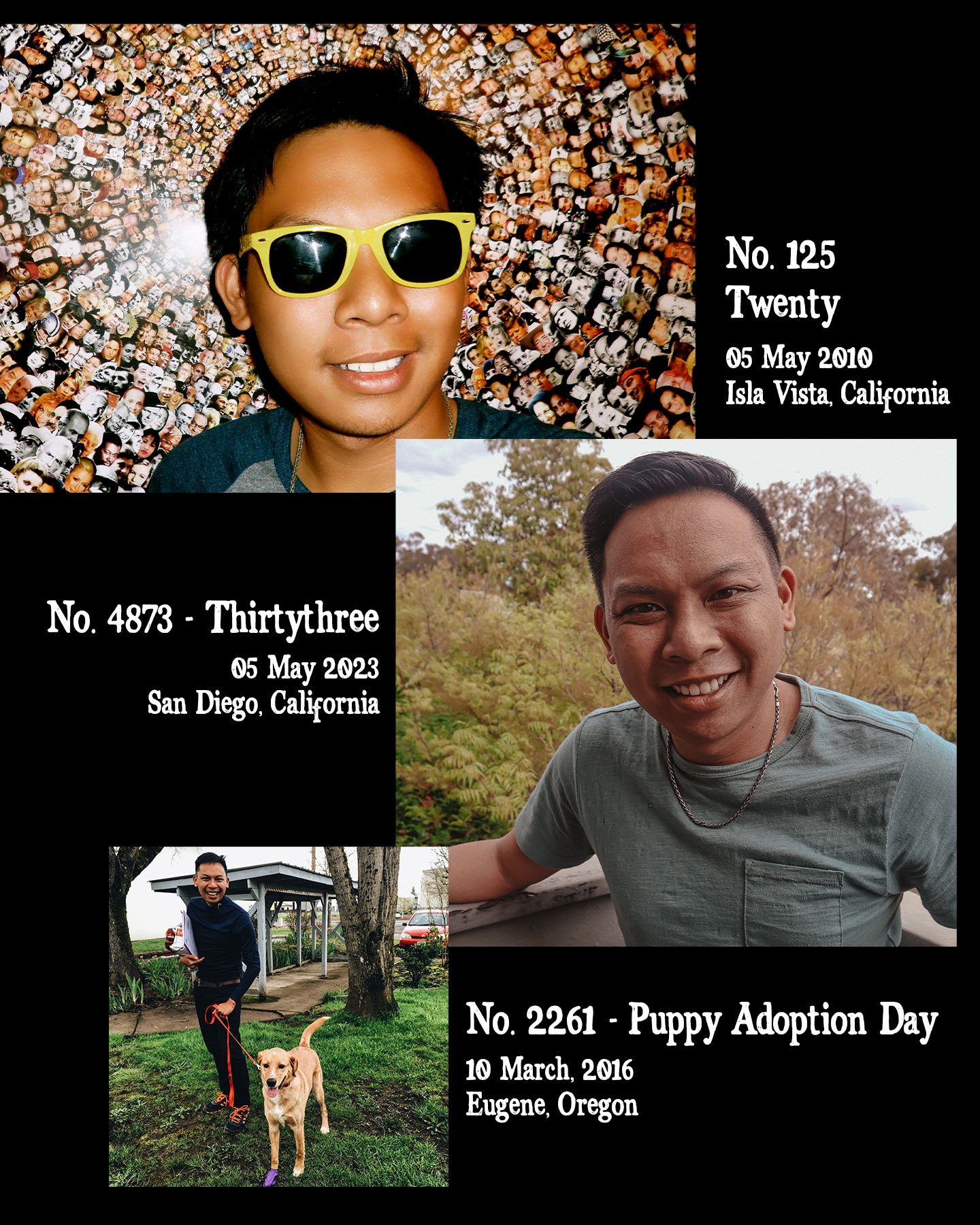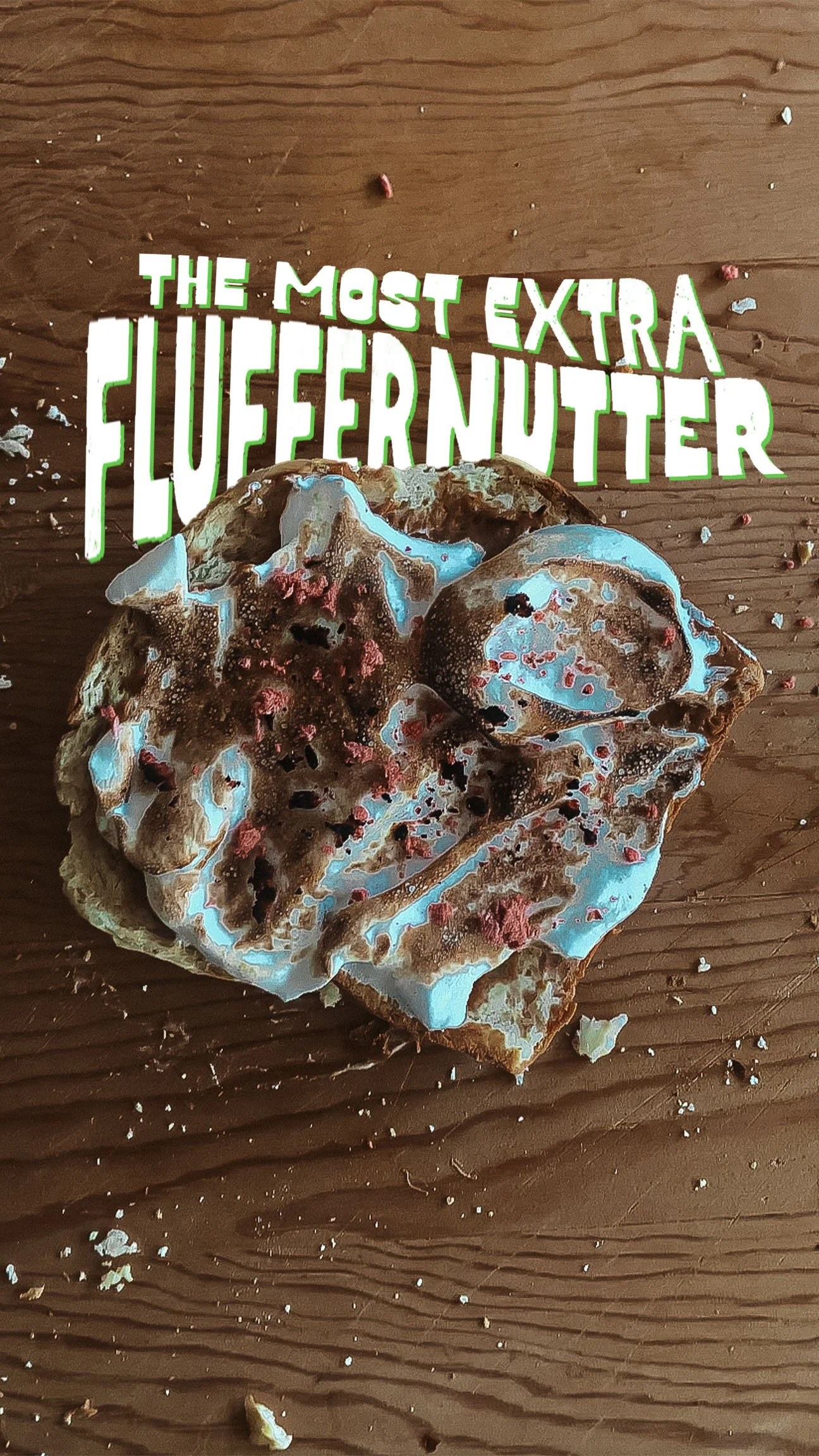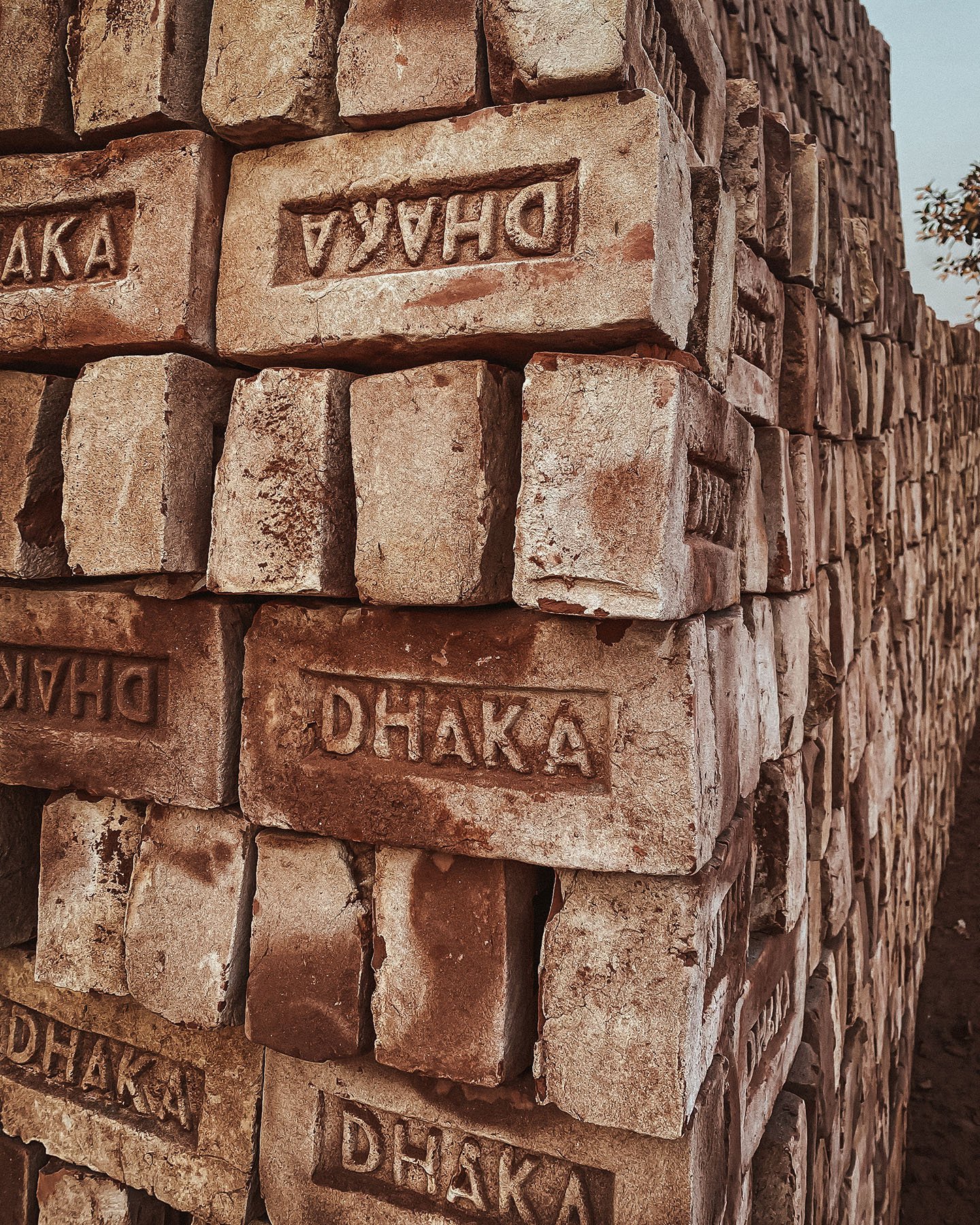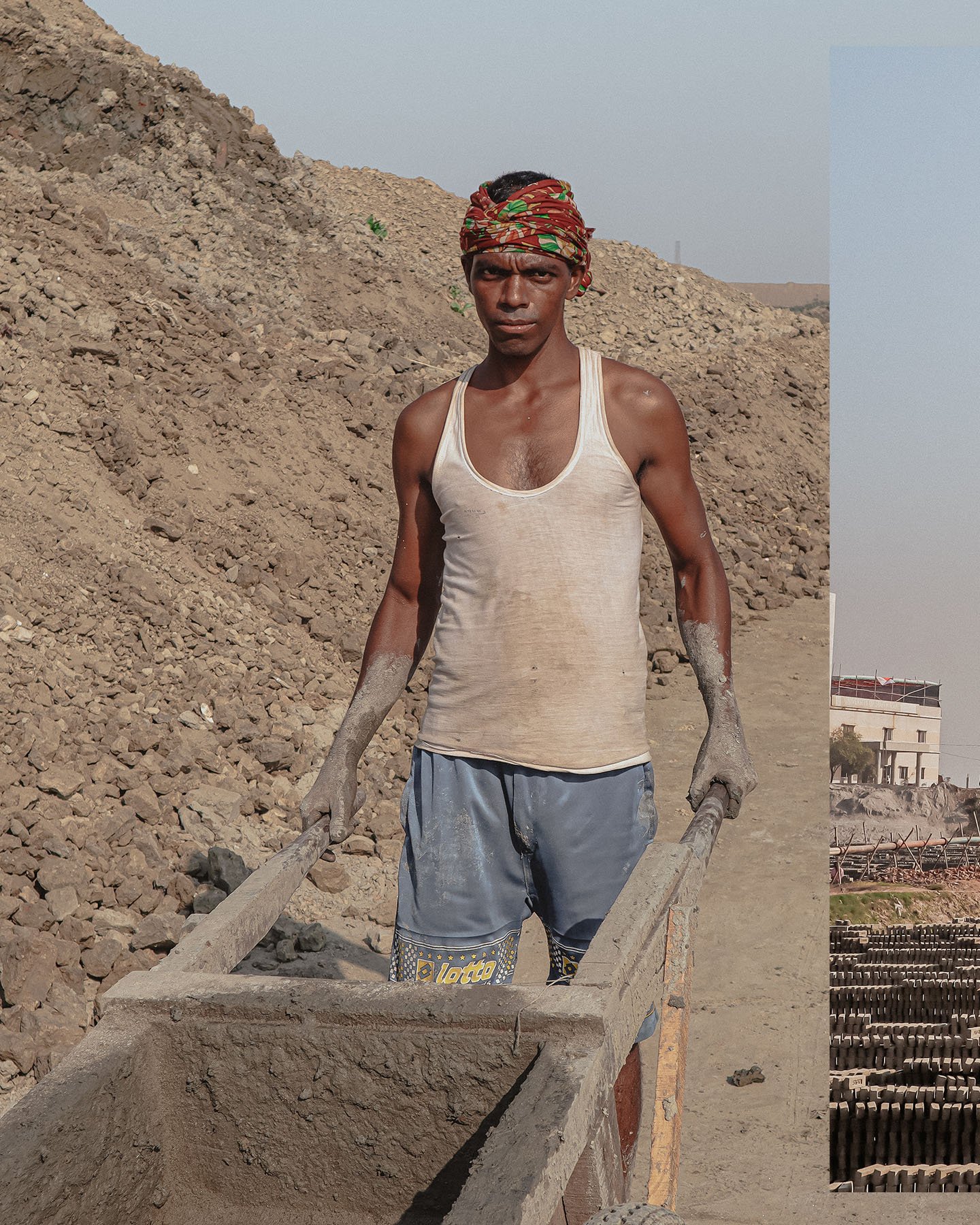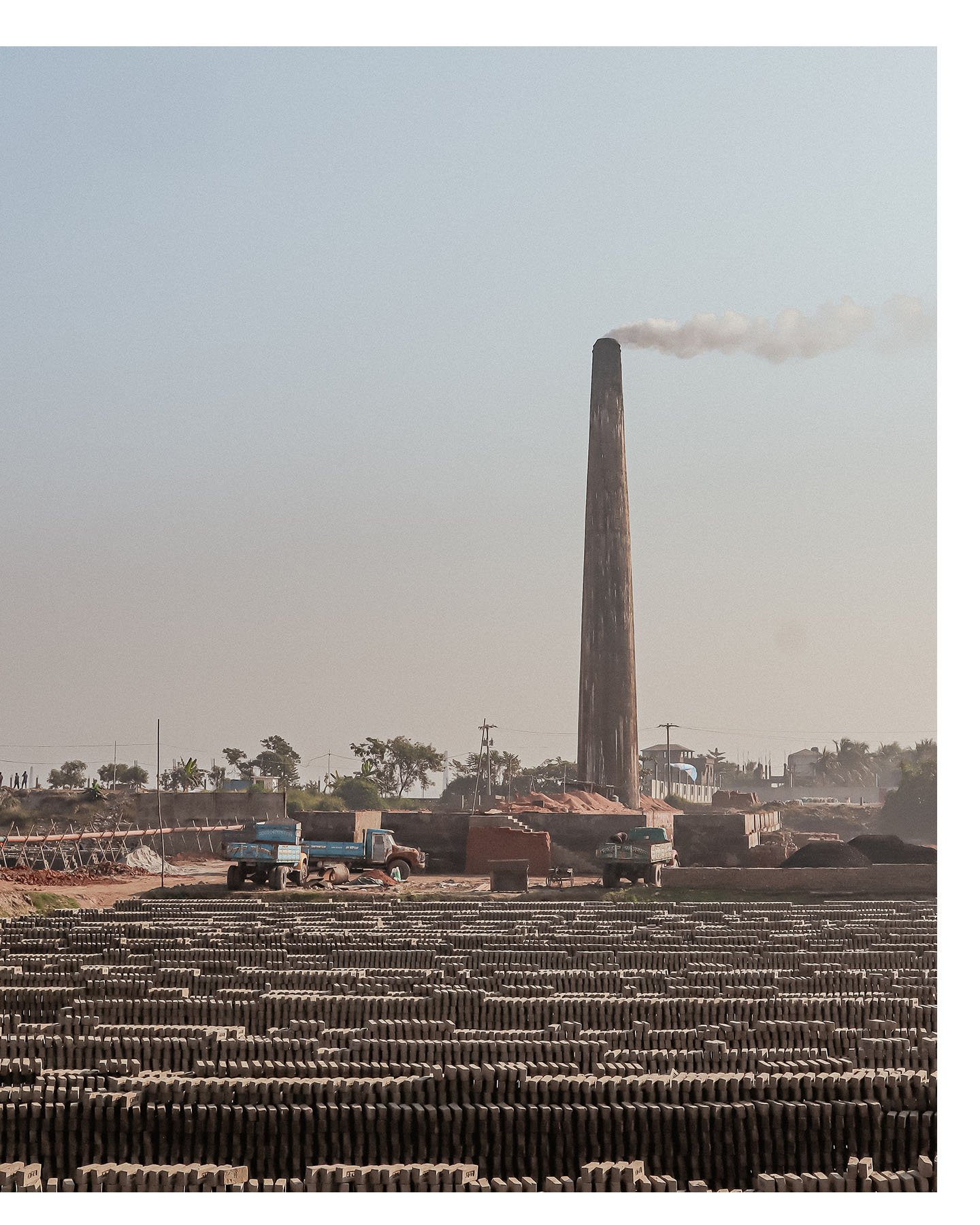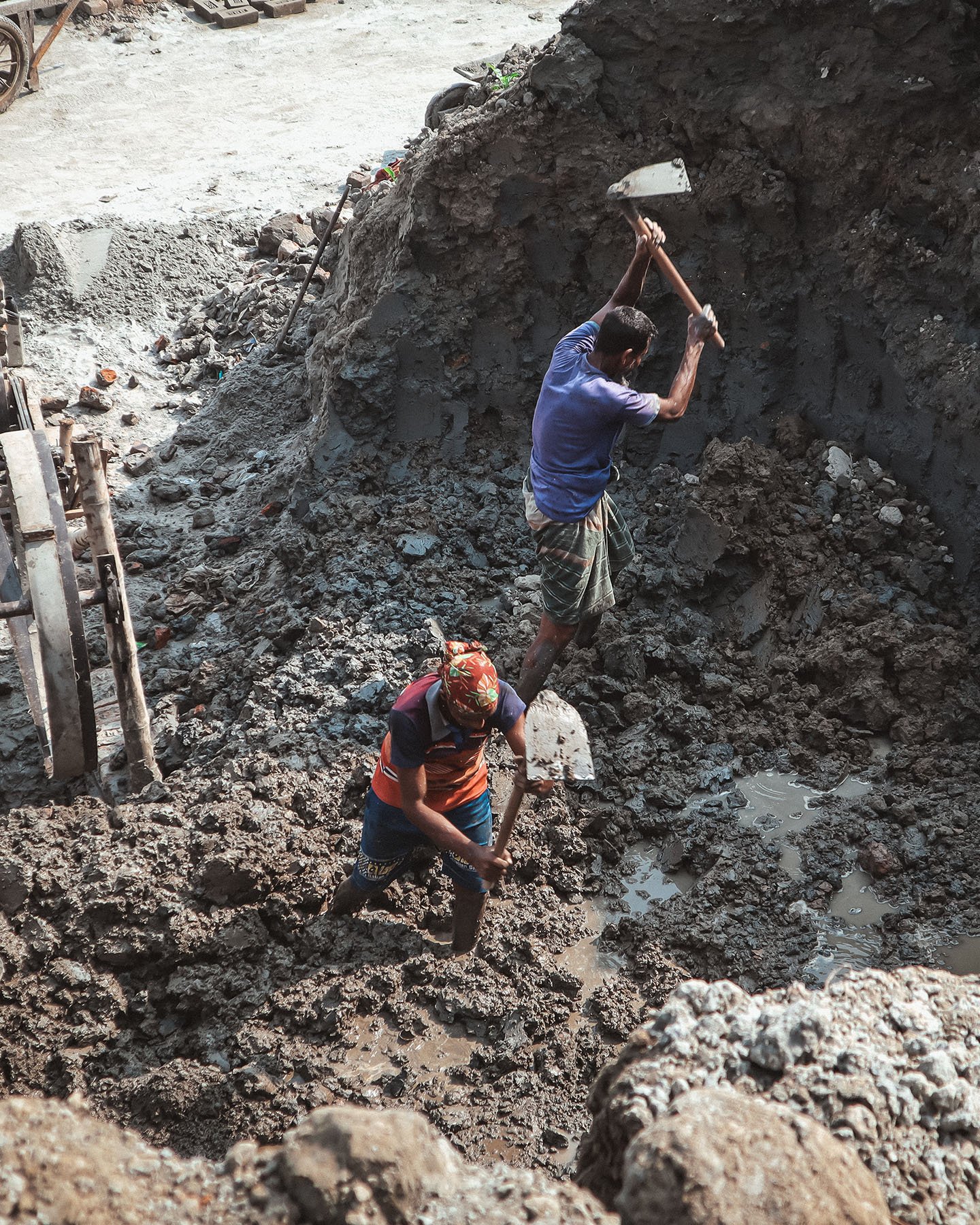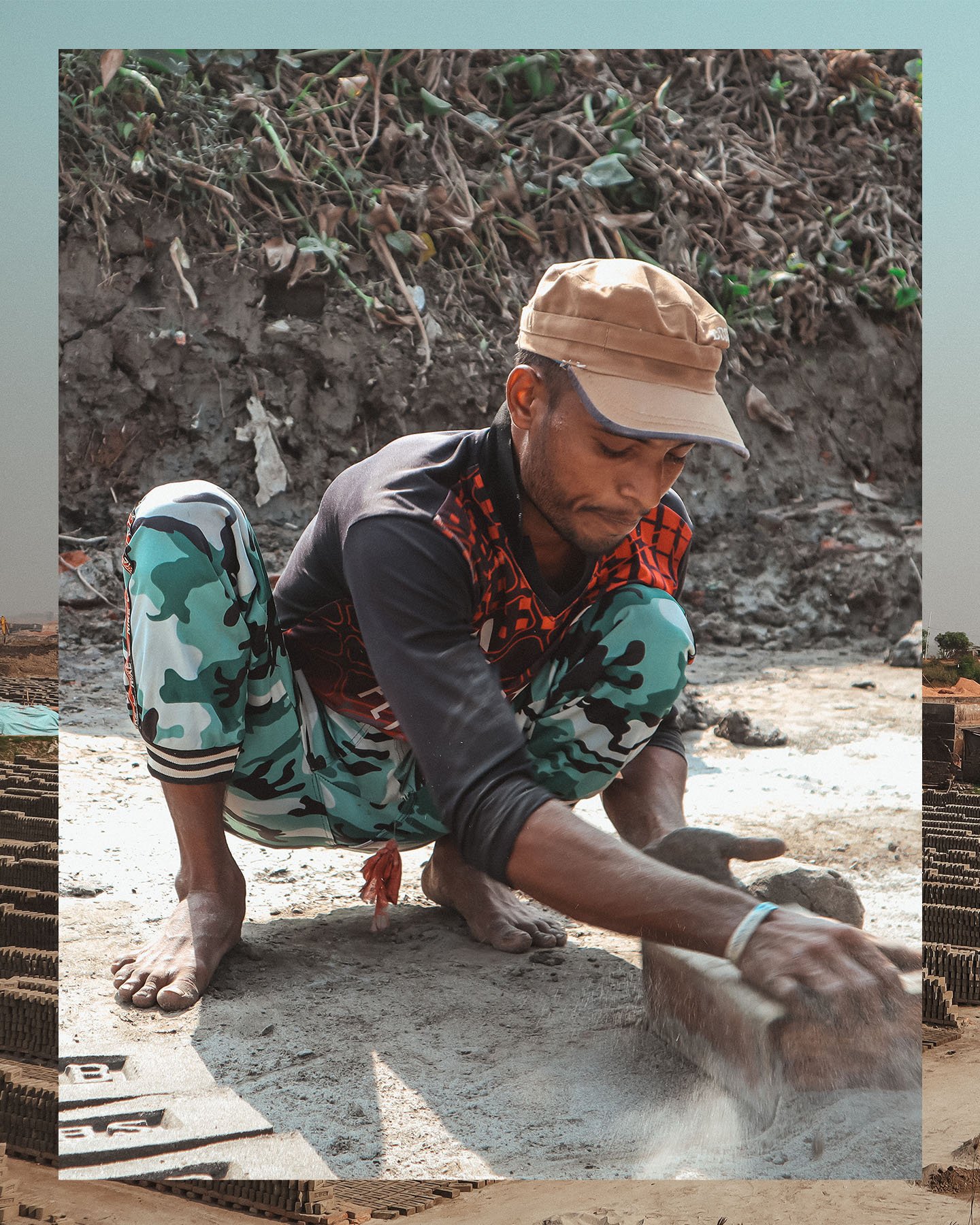Ethiopia just might be the most fascinating country I’ve been to.
Of course one of the big reasons behind this has to be its history of having never been colonized. While there’s plenty of influence from interactions with the Arab peninsula, India beyond that, and Italy, Ethiopia’s traditions, language, and beliefs seem to have local roots that go back centuries without ambiguity.
This sense of culture and belonging is pervasive. It’s in everything, from the coffee to the churches to the communities. And I absolutely loved it. Ethiopia, I’m a big fan.
5,000 Photos
When I started my photo-a-day project, I had so many rules around it. Stuff like…
🌠 Only one selfie a year! Matter fact, let’s make my birthday selfie day.
🎇 I must personally be the one to click the shutter.
🌃 All shots should be landscape shots with the same 3:4 ratio.
🌅 It’s not a beauty contest. The photo that best tells the story of the day always beats the aesthetic one.
I’ve abandoned a lot of the rules, and I’ve probably forgotten even more. I’ve done this for thirteen years, so technology has changed. The norms around photography have changed. The platforms for sharing has changed.
But the one rule that’s stayed the same… perhaps the only rule… is that last one.
2023 Reads, pt. 2
Not as bad as I used to be about buying books and letting them sit on the shelf forever, but still pretty bad at it.
Recently:
Khabaar
It’s What I Do
Fresh Banana Leaves
The Creative Act
Life in Five Senses
Tomorrow and Tomorrow and Tomorrow
Only one fiction book and it looks like I’ve been in a memoir-ish mood lately. Lynsey Addario’s stories of how she became one of the world’s most prolific war photojournalists was fascinating. I related to so many of the tensions of how to depict something horrific in a way that was still dignifying to the human in the photo while doing their situation justice.
Rick Rubin’s book is probably going to live on my nightstand for a good long while. It’s a book I can just pop open, read a couple pages from, and spend the rest of the day chewing on that particular insight. This is a must-read for creatives… which means everybody, according to both me and the book.
Curiosity is a Healthy Relationship with the Unknown
“I used to think hope meant being in a difficult moment like that and saying, but things will get better! Just wait and see! I know it! And I no longer think that. Maybe that’s optimism, but I’ve learned that this is different than hope. I think a lot of time hope is more like hanging on.”
A year ago, I got to take the stage at @creativemornings_sd , and I had the time of my life. Such a friendly crowd, and some of the most fun I’ve had on a stage!
What I loved about this talk is that I felt like I was passing the mic between different versions of myself. The storyteller. The film school misfit. The wannabe humanitarian. The new dad. I got to dive into climate science and share quotes from Brene Brown and Oscar Romero. The theme was depth… so I guess it fit! It also helped me see how all these fragments come together… which is an important thing to discover as a dad to littles.
I hope you’ve had a chance to watch this talk, but if not, now is a great time. It’s up!
Ethiopia!
The whole time I was in Ethiopia, I was like… how am I even here? This place contains multitudes!
History runs deep. Senses come alive. Nature amazes again and again.
I’m so thankful I had a chance to get to know this country through a variety of perspectives. To dance along with the ekista, to sip that smoky coffee, and eat endless injera. To plant trees. To roadtrip through some stunning rocky edges in order to reach that great open space. I appreciated getting a deeper look at the country’s challenges. Poverty. Climate. Patriarchy. Unrest. While all those things are disheartening, they also helped me further appreciate the resolve of the community spirit working to overcome.
Ethiopian Good
Hello from what might be the most fascinating country I’ve ever been to: Ethiopia 🇪🇹
Where do I even begin to describe everything I’ve encountered here? A rich, uncolonized history shaped by devotion, diversity, and sensations.
There really isn’t a way to put it all into words, because so much of the Ethiopian experience is received in smells. Tastes. Hugs. The air on your skin. But, I’ll have to do my best, because it was simply too rich to keep to myself.
Tiger Attacks
I visited the Sundarbans Forest in Bangaldesh, which is one of the places where you’re most likely to see a Bengal tiger. While I didn’t have any encounters with the very endangered species, almost all of the locals I met had stories. That would be cool, if their stories weren’t so sad. Most frequently, they were about losing loved ones to tiger attacks.
The Sundarbans is a threatened area. As sea level rise eats away at the mangrove forest, the tiger habitat shrinks each year. This puts human communities and the wildlife in the forest in closer proximity, which is bad for both. In addition to disease being more likely to jump from species to species, attacks like these also become more common.
There are so many strategic ways to do reforestation. Restoring spaces that have been natural buffers for human and animal communities is definitely one of them.
Climate Migration in Bangladesh
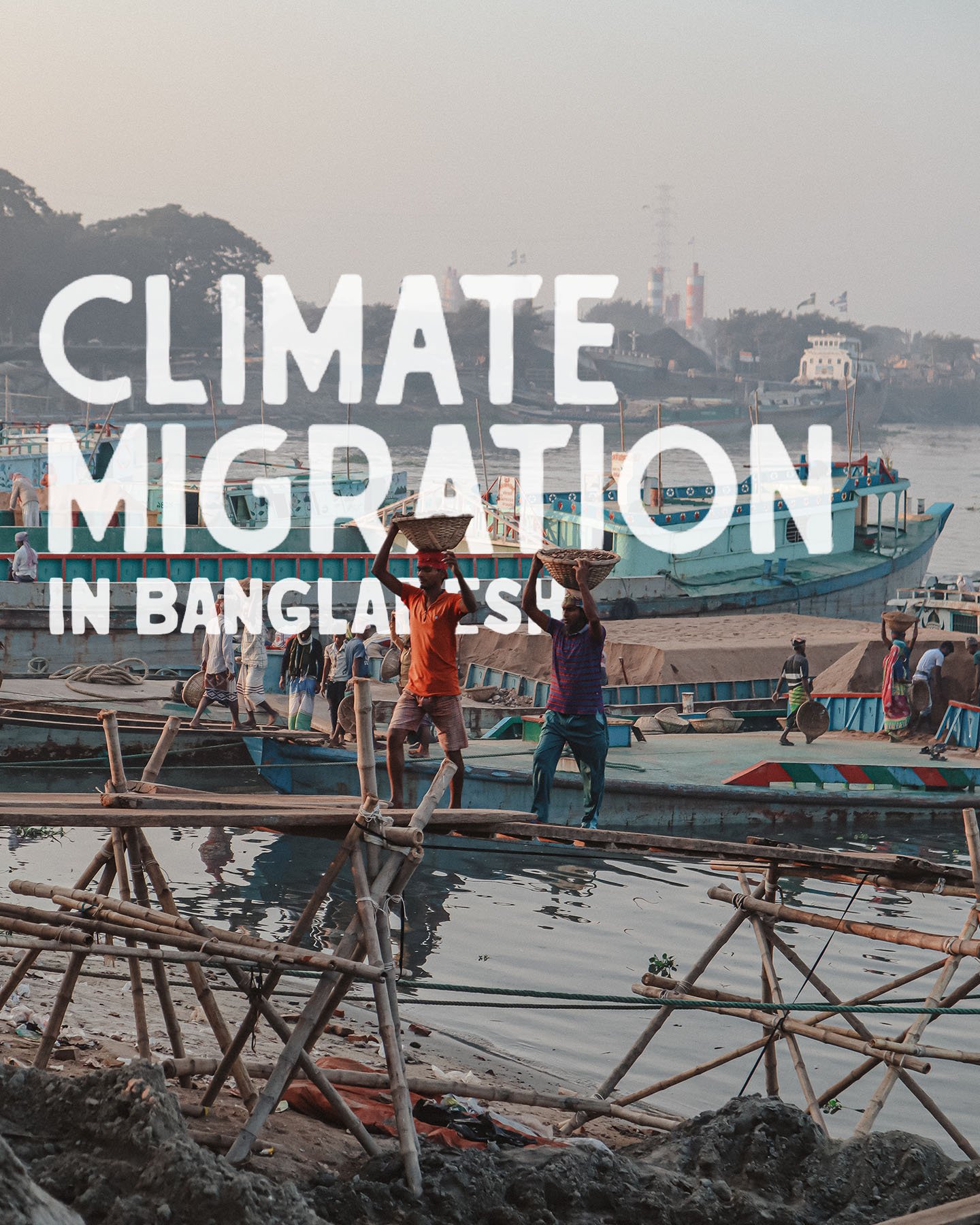
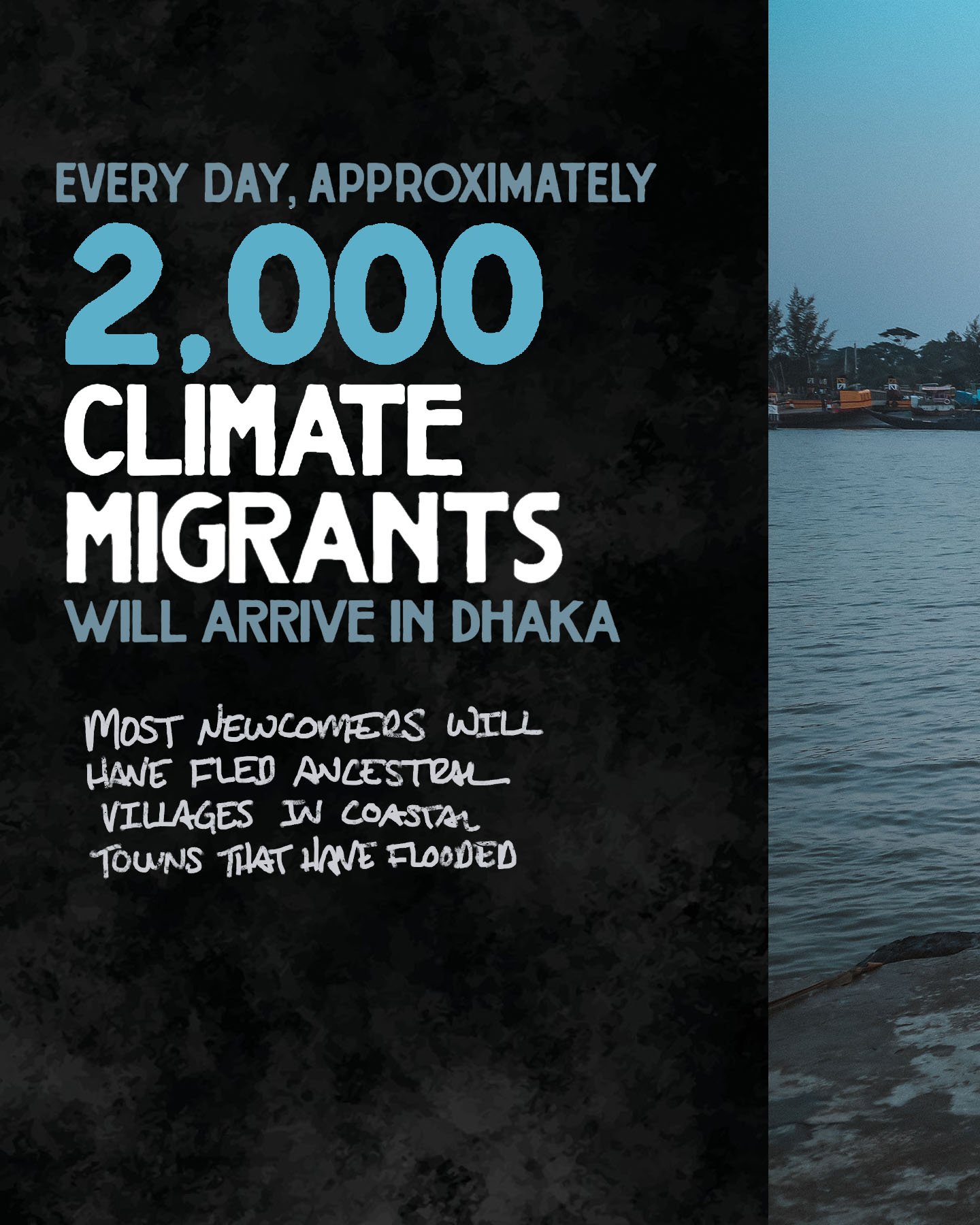
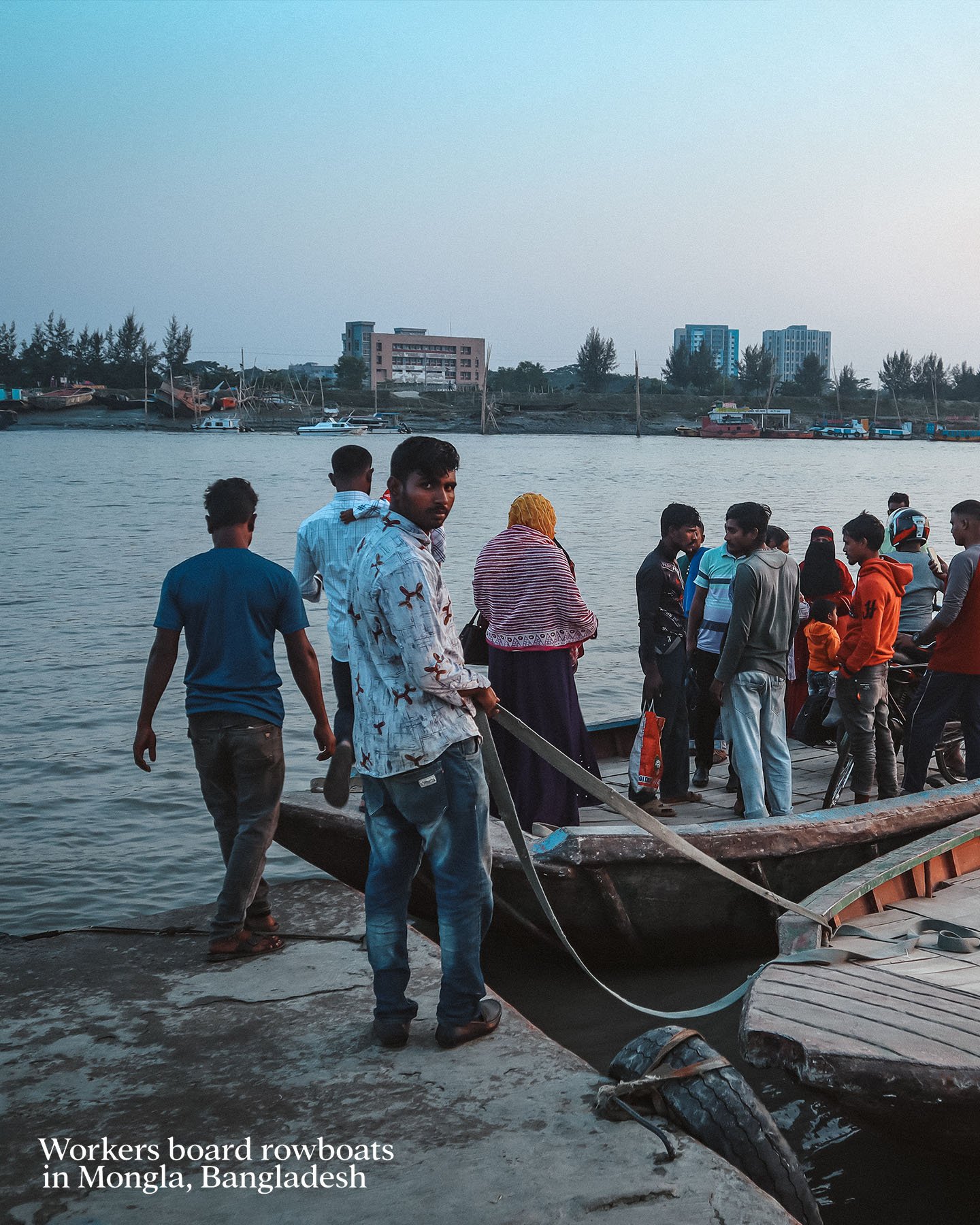
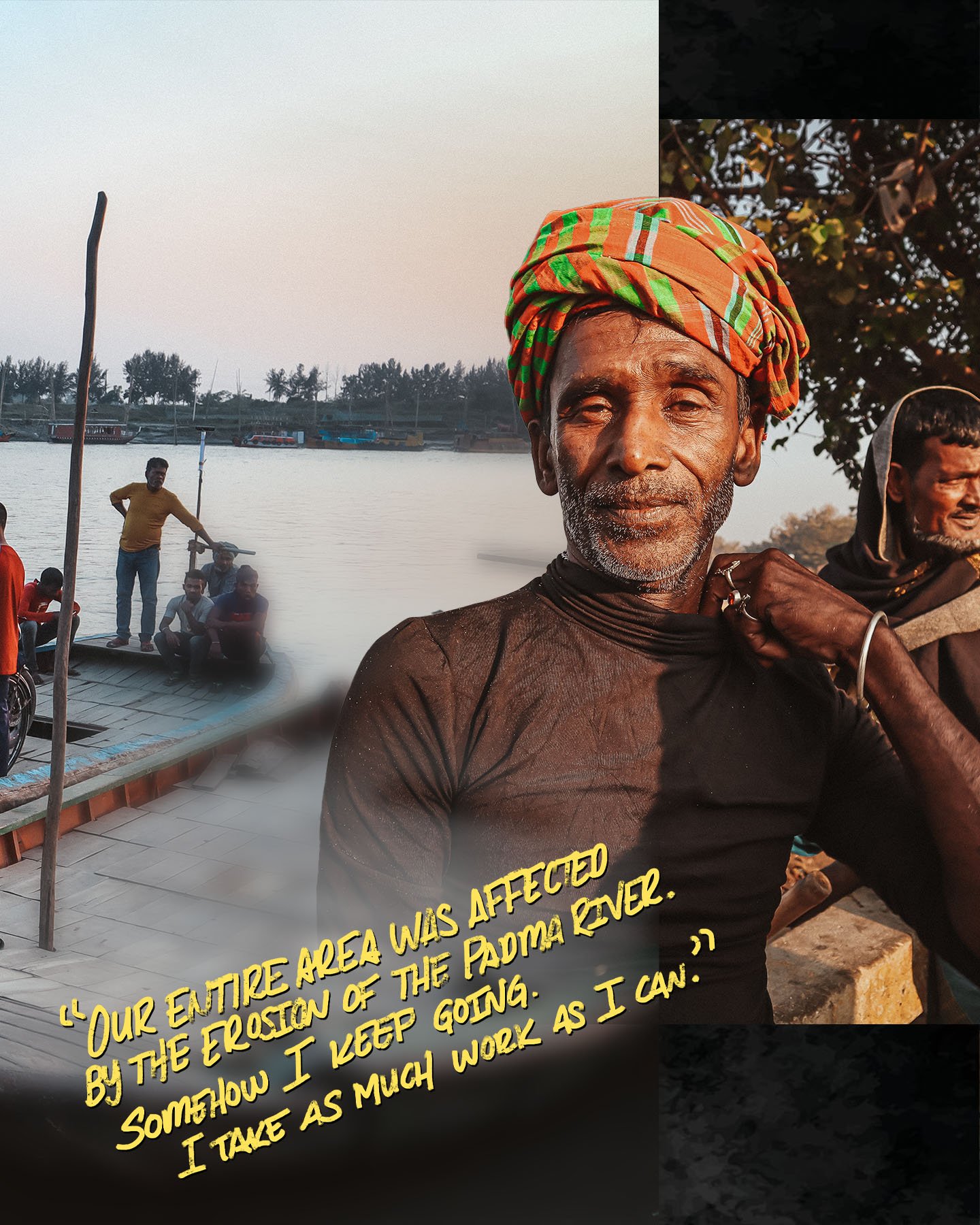
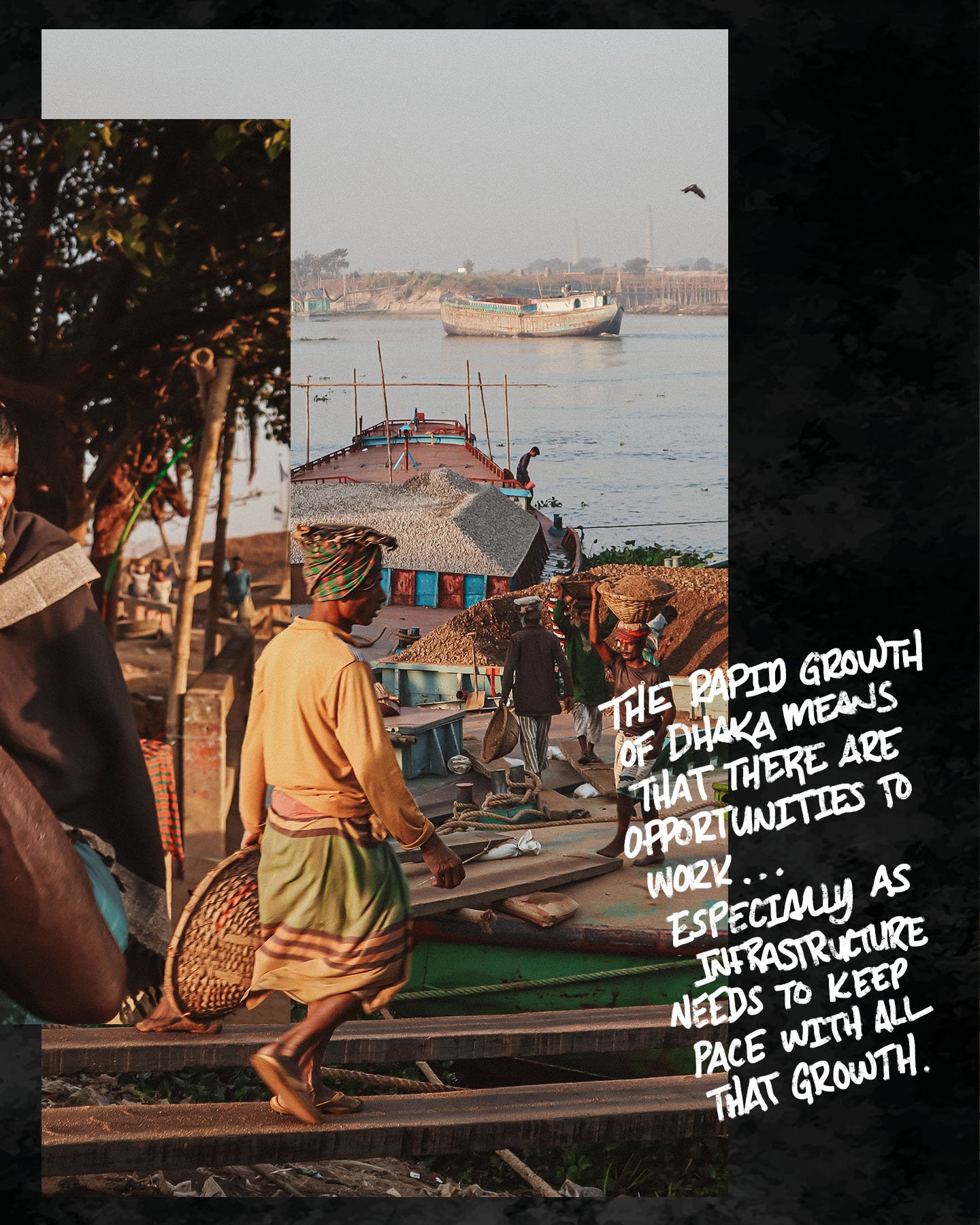

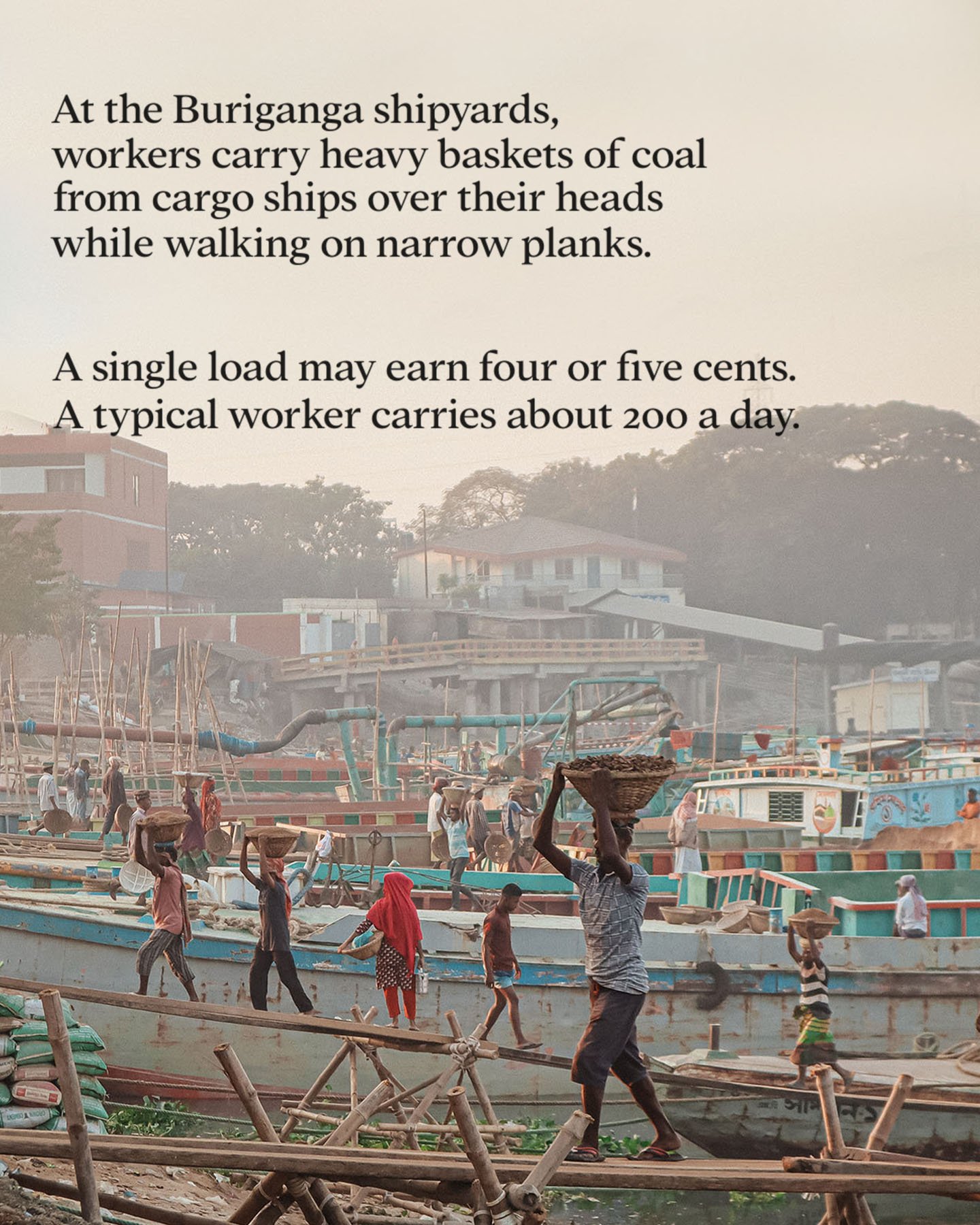
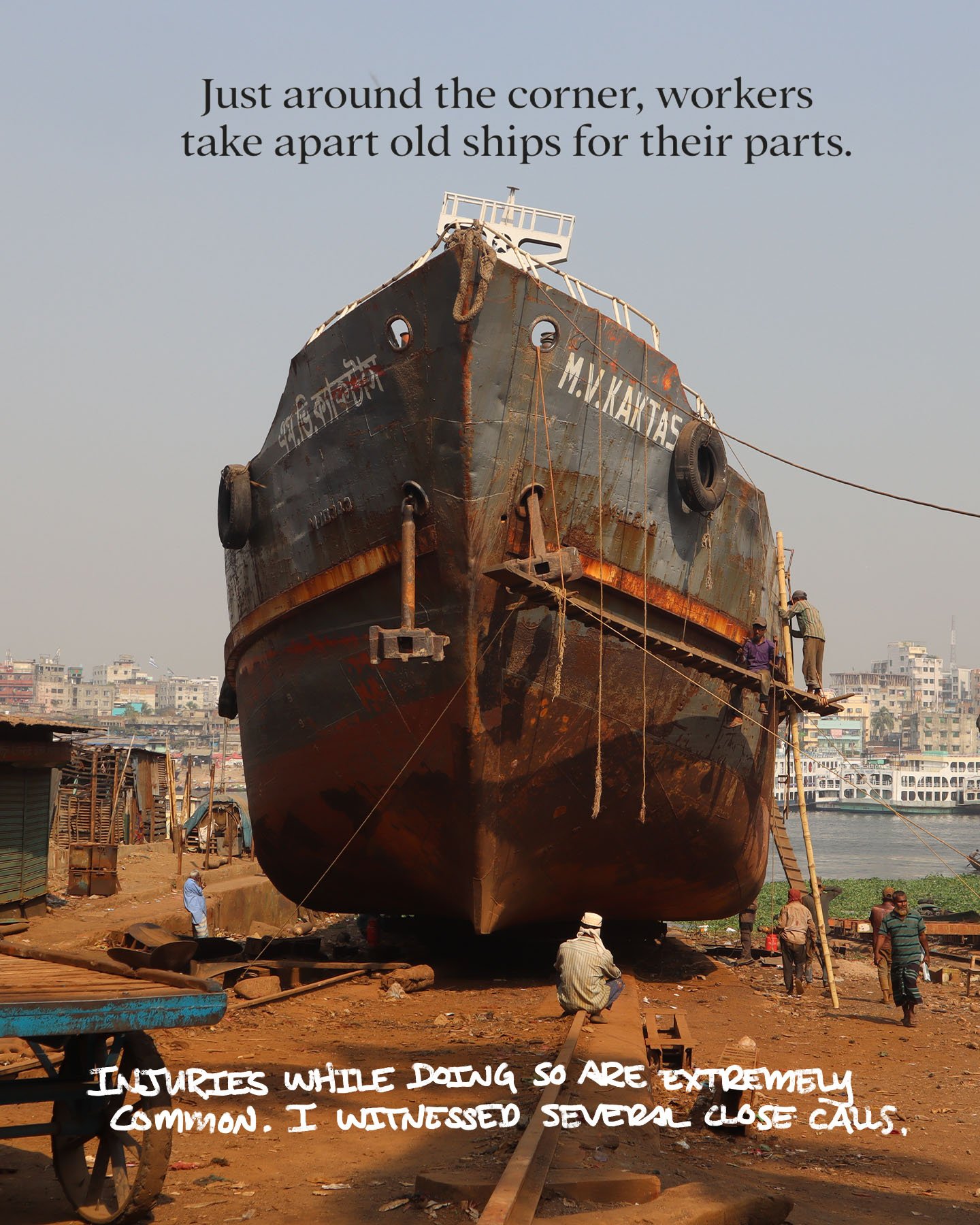
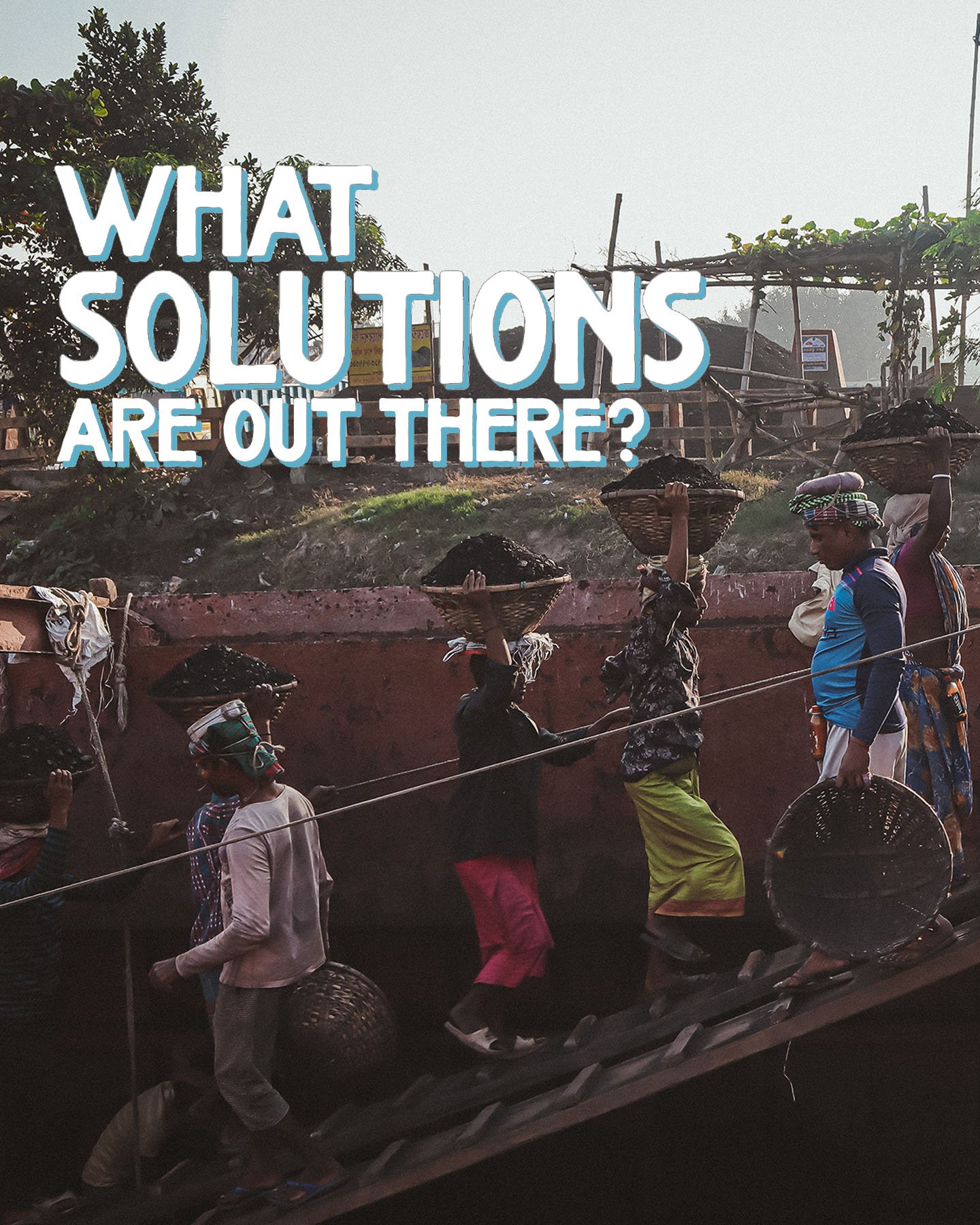
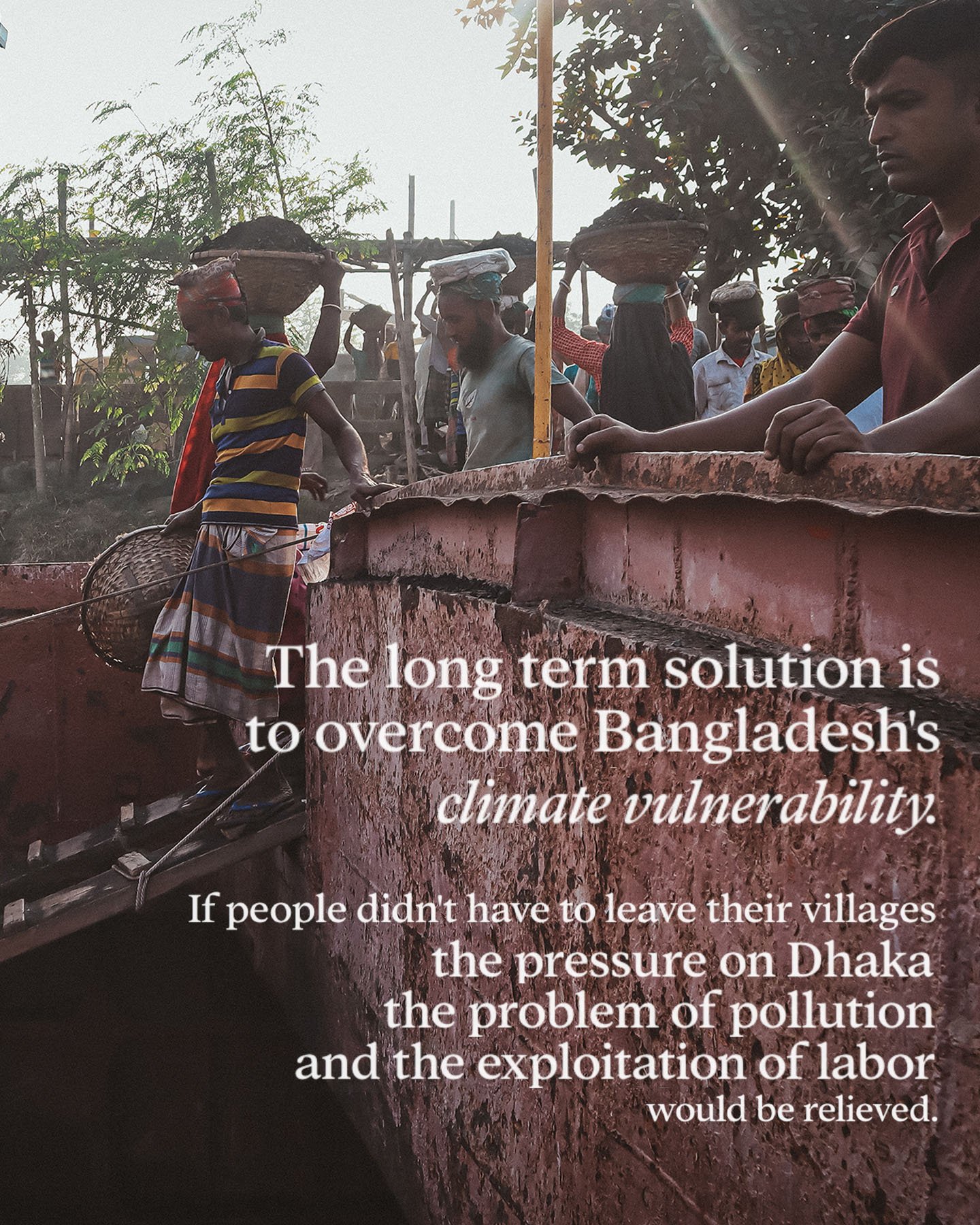
Climate migration is a serious challenge. I’ve heard so many farmers talk about facing the difficult decision of having to leave their homes to provide for their families once the harvests came up short.
Of course, having to leave your family is always difficult, however it occurs. But it was in Bangladesh, I saw firsthand how challenging it is when people actually have to follow through on this difficult decision.
In Dhaka, I witnessed some of the most difficult and demanding jobs I’ve ever seen. I tried just walking across a plank to one of the coal ships and that was difficult enough. But the workers had to do that two hundred times each day carrying heavy coal-filled baskets over their heads. While I watched the welders and mechanics in the alleyway just behind the shipyard, I saw so many close-calls and nearly-missed accidents. I was told by many people that it wouldn’t be too surprising if I actually witnessed one. They happen frequently.
One of the first issues that made me really care about human rights were abusive labor situations. I heard stories of physical jobs, not too unlike these, in South Asia where severe abuses took place. It occurred to me that creating a healthy climate where people don’t have to leave their homes greatly reduces their vulnerability to ending up in this sort of situation.
The Mothers of Mongla
In my head, I kept thinking of this trio of women I interviewed in the Sundarbans as the ‘Mothers of Mongla.’ While their kids played some customized mashup of football and cricket in the background, they told me that they had joined a weather club that gave them the chance to prepare their neighbors from pending cyclones.
Interestingly, they referred to the place where they lived as a mother. “In the Sundarbans, we feel like we are under the mother’s care. This is my birthplace, I will always feel emotionally connected. As I said, we are under the mother’s care in this area. We are proud to live in this beautiful place.”
Turns out, when you realize your dependence on the land around you, you respect it!
A Moment in Frankfurt
Flying from California to Africa takes forever! Thankfully the last few times I’ve had good routes that have let me get stretch my legs and breathe real outside air… like this afternoon I spent in Frankfurt.
Here’s my strategy for layovers:
🛂 One of my favorite credit card perks right now is having access to any Priority Pass Lounge, which can be found in nearly any airport. They’re not a bad spot to pass a few hours. Some even have pretty good places to take a shower between flights. (Whattup Manila??) Kids enter free, and I can bring a guest when I travel. Plus, most have snacks, some have meals, and a few have even had full service bars. This saves me a lot over airport food.
🛃 If I’ve got, say >6 hours, and it’s a layover somewhere that makes the city pretty accessible, I’ll try and leave the airport. Frankfurt was a great spot for that.
🛄 On my especially long flights (*cough* Africa) which require back-to-back double digit flights, I’ll try and book a route that actually lets me spend a night or two in an intermediary city, usually somewhere in Europe. It’s way less physically taxing, and I get somewhere new to check out.
🛄 My kids are a little too young for me to justify really stacking destinations, but as they get a bit older, I look forward to adding another destination that connects to one of my travel hubs whenever passing through somewhere. Once I’ve spent the time, money, energy, and emissions of getting over an ocean, I might as well get more out of that investment.
The Brick Kilns of Bangladesh
One of the first things people casually know about Dhaka is pollution. Unfortunately. It upstages the positive things Bangladesh’s capital has going for it, but how do you ignore the times when it feels like you’re breathing in a can of soup? Chunky soup.
The brick kilns in Dhaka are the main culprit making it the world’s most polluted city. And the people working there are on the front lines for all kinds of respiratory illness and physical injury. Recording interviews next to the incredibly loud thump of their machinery was practically impossible. However, what they had to say needed to be heard.
“It’s a very hard job, my brother.”
“Body pains, headaches, fevers… these are always with us.”
I always feel immense gratitude to the people that I get to interview, but especially so on this outing. These interviews were incredible and deep and they helped highlight the human faces of climate migration.
Don’t miss these eye-opening conversations on my newest video!
The Shipyard
If you knew people were performing the backbreaking labor of carrying coal from a ship to a dock only to be paid a few cents by each basketload, you wouldn’t really want to do anything that could delay them, right?
But when my guide let me know that several of the workers wanted me to come on board the coal ship to see what it looks like, I was worried I might have to be guilty of that. The only way to get on board was by walking the plank. A couple thin strips of wood formed the makeshift bridge from ship to shore.
The drop below was maybe 20-30 feet into the water… and who knows how deep or shallow that might be.
I tried unsuccessfully to use my camera gear as an excuse, but that only resulted in volunteer offers to carry the stuff for me. I bit the bullet and tried to think of myself as light and nimble like a gymnast while going fast. Speed helped resolve the guilt of delaying the workers and helped me not overthink the drop.
Big challenge for me, everyday life for the workers here. Dhaka, man. Home to many of the most difficult jobs I’ve seen.
Brickmakers in Bangladesh
“We feel like birds in a cage now. When we finally get to see the faces of our wives and our children, we will finally be flying free.”
Seriously could not believe the vulnerability, warmth, and openness of the brick layers in Dhaka as they shared with me their struggles working one of the most difficult jobs on earth. Working with the heavy machinery and toxic emissions of a brick kiln put these guys in harm’s way on a daily basis.
“I was injured just a few days ago,” one kind bricklayer told me with an incongruent smile on his face. “But I am still working. We are like robots.”
“Our hearts are affected at an early age,” filled in another worker. “When we use our shovels, we can feel it on both sides of our chest.”
It feels a little cliche to describe their spirits as unbroken in spite of the toil that work takes on their bodies, but no matter what words you use it’ll be impossible to do justice to how kind and warm they were. These guys epitomize how climate change is an injustice that comes for the most vulnerable among us. Add this encounter to the things that keep me moving when climate work doesn’t feel so encouraging.
If you haven’t seen my new Bangladesh video, it’s a personal fave. Check it out!
5,000 Photos
I can’t believe I nearly missed a huge milestone…
So much of my work as a storyteller can be traced to a decision I made on January 1, 2010 to copy some people I saw online who took a photo everyday.
The quest to mark moments by capturing them in an image got me in two habits: pursuing things and going places that made for a more interesting life, but also paying more attention to the ordinary things and seeing what deeper stories hide in plain sight.
Prior to this project, I felt guilty of living life a little too passively. Of not leaning into life like it was the miracle it was. But choosing to seek out the stories… that made a huge difference.
The results of doing this for a year were significant enough that I did it another year. Then another. Then ten others. College, grad school, marriage, three kids, career and travel are all interspersed with food pics, sunset snaps, and “artsy shots” of whatever I’ve been reading.
The collage in the first photo is officially photo no. 5000. Thank you to everybody who I got to make these moments with.
The Most Difficult Jobs
First there was the morning where we watched people cross planks of wood to unload heavy baskets of coal on ships. Then came the brickyards where people worked the entire day with heavy machinery, detrimental to their health.
Now I found myself in the alleyways behind the river. Closer to the waterfront, I saw people climbing up to old ships that appeared abandoned, pulling apart their panels and harvesting scraps of metal from the remains.
In the alleyways, people were working with those metal sheets and scraps. People worked with torches, hammers, and bare hands. Proper gear to keep people safe was unavailable. Middle-school aged boys worked with welding equipment.
A group of a dozen men walked by all awkwardly carrying a giant sheet of metal. A few couldn’t keep up with its weight and it nearly landed on several exposed feet.
I couldn’t believe it. These were absolutely the most difficult jobs I’ve seen on the planet. And they existed because of climate change. Farmers who lost land were desperate for new ways to feed their family.
I couldn’t take all this in without wanting to renew my commitment to a healthy climate. No one person has the solution. If someone did, it would be Shohei Ohtani and not me. But I have little bits of influence, resources, and skills I can put to some use, and it would just be wrong to sleep on that.
🇧🇩🇧🇩🇧🇩
Don’t miss my latest video on the climate vulnerability and success stories of Bangladesh OUT NOW!
The Opposite of Watching the News
What do you think the opposite of watching the news would be?
I don’t actually like dunking on the news all the time. One of the first things crooked leaders do is make people distrust the media so they can fill the vacuum of information. The press plays a big role in keeping power in check.
That said, news can distort the way you see the world depending on how you look at it. And it’s not necessarily the fault of the anchors you see on screen or the people writing the articles. We shouldn’t expect the news to be a representation of what-the-world-is-like. In fact, if something is “normal” then it isn’t exactly “newsworthy.” It’s healthier to think of the things you see on the news as exceptions to the norm.
This is important, because I often ask my audience how they feel when watching the news and words like depressed and disenfranchised come up a lot. I don’t advocate shutting ourselves off to it, unless that’s really the thing for you in a personal journey. Most of us just need to do a better job remembering that our world primarily consists of ordinary people doing their best to have a good day and do something good for those around them.
Filipino Christmas Season
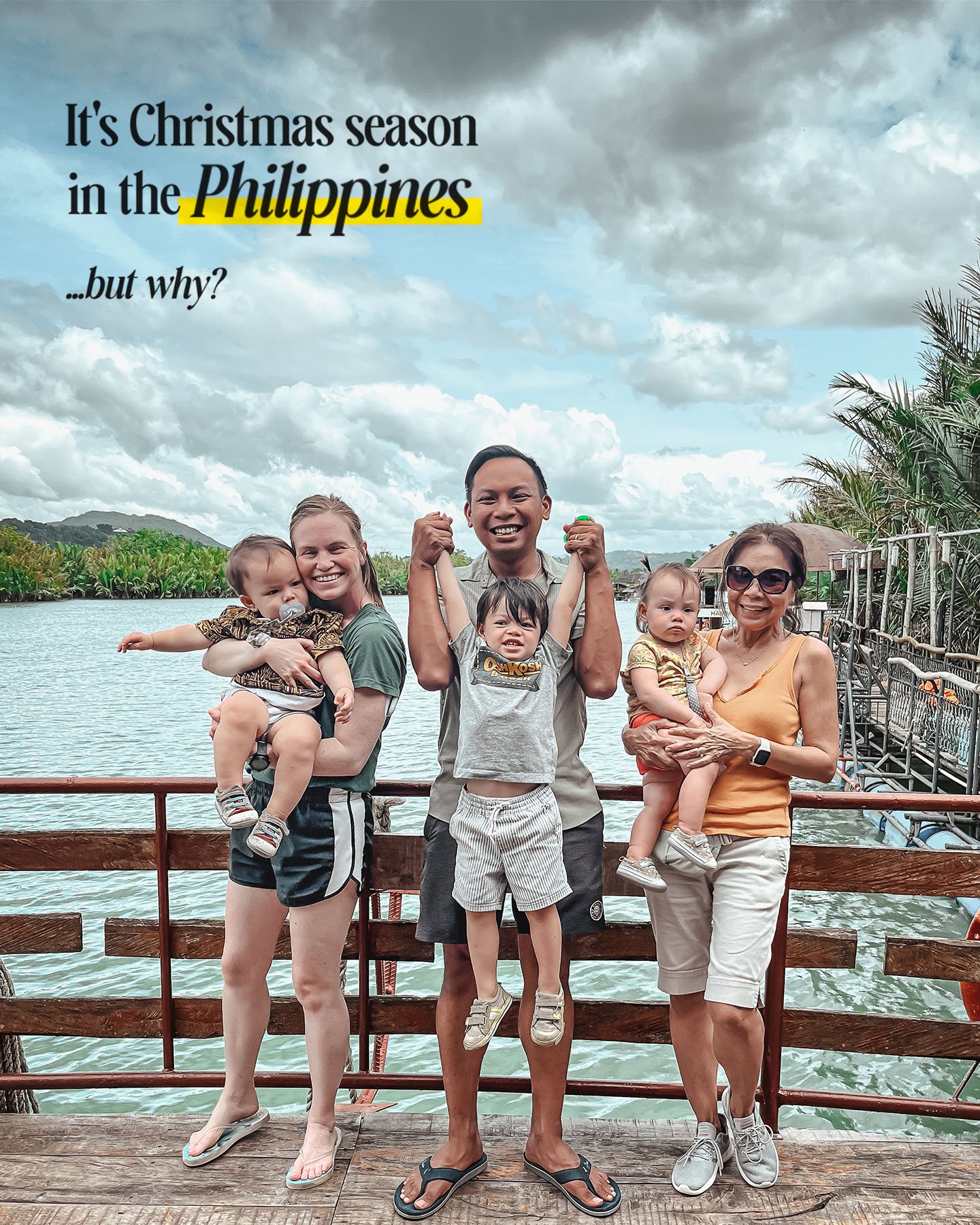
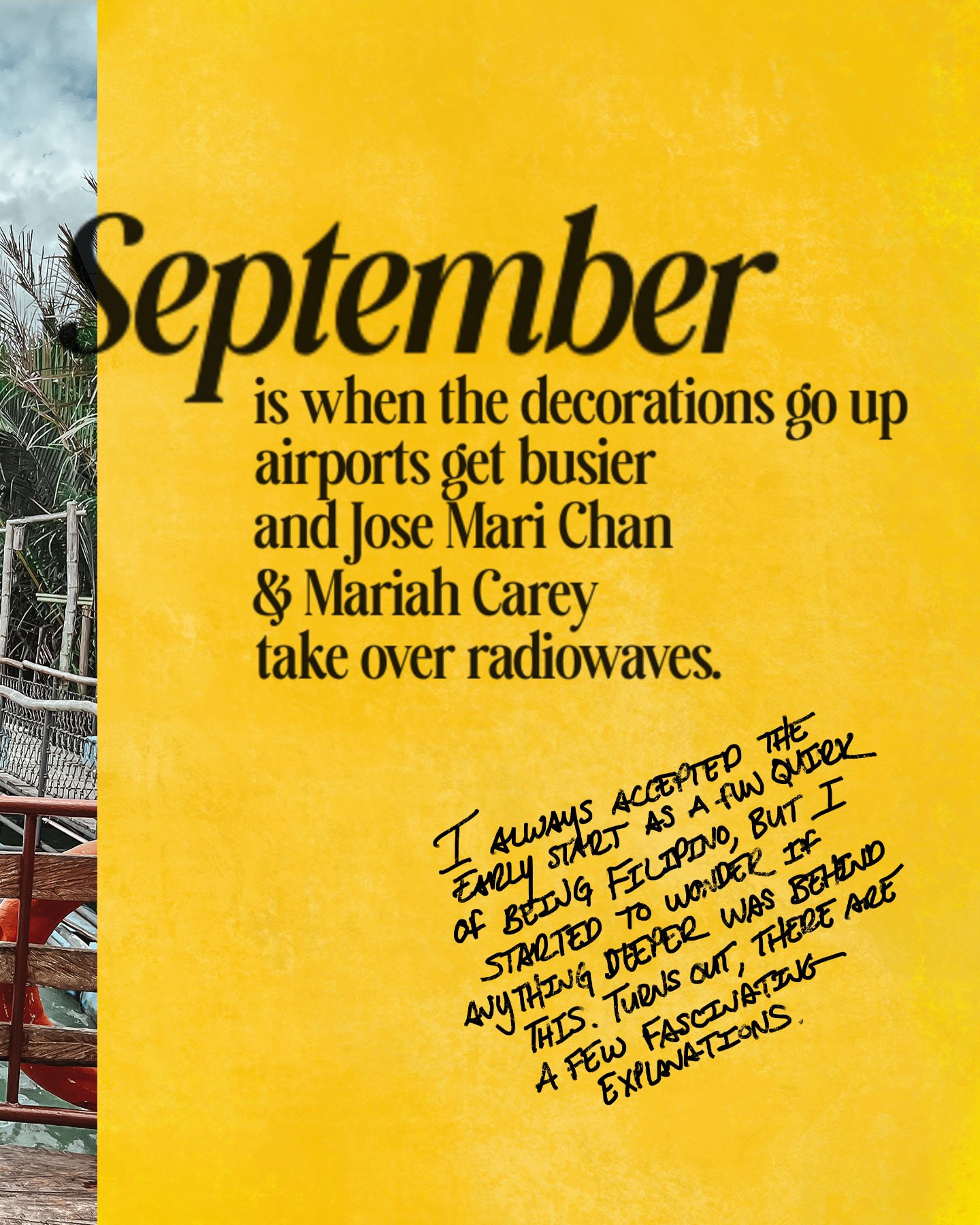

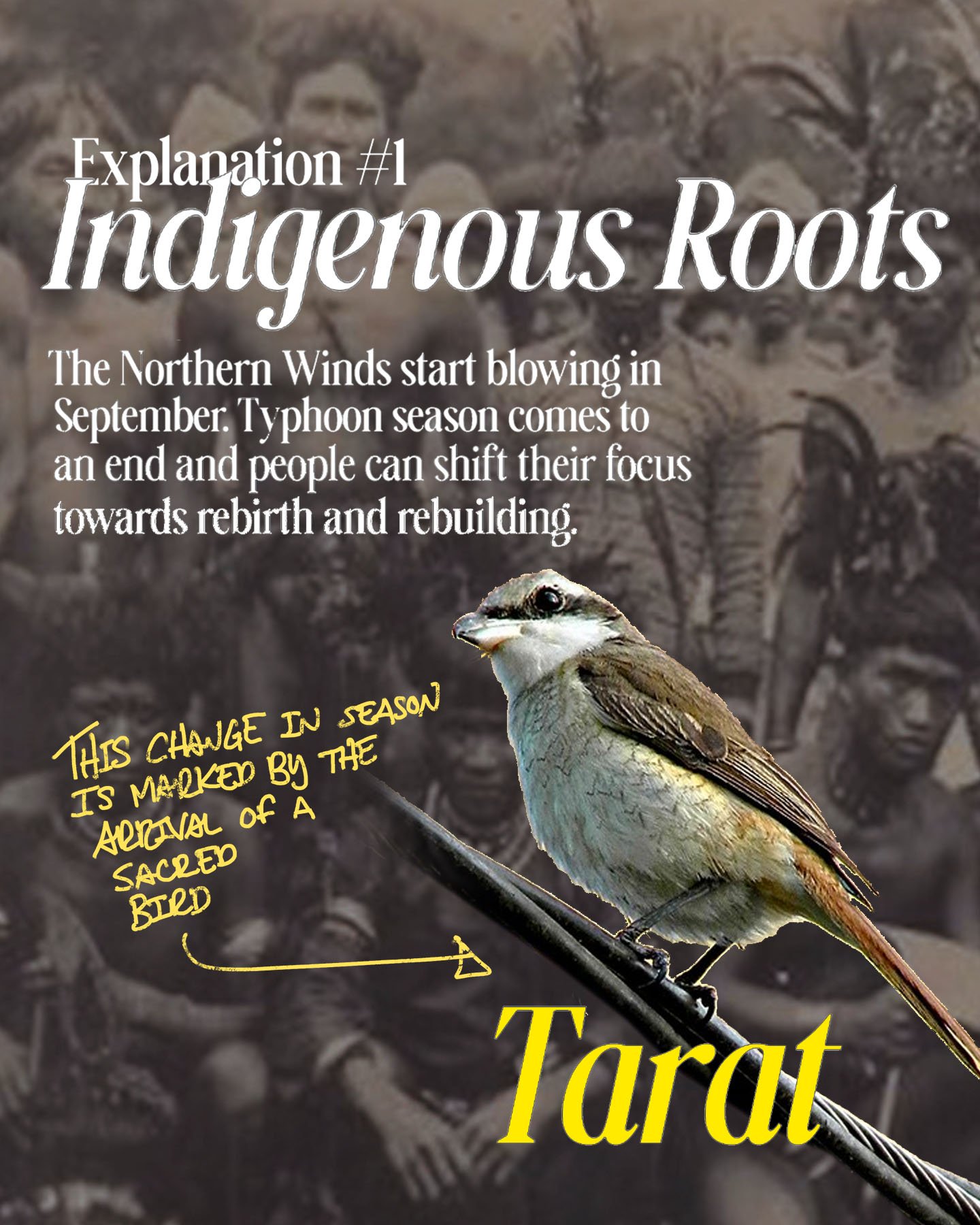
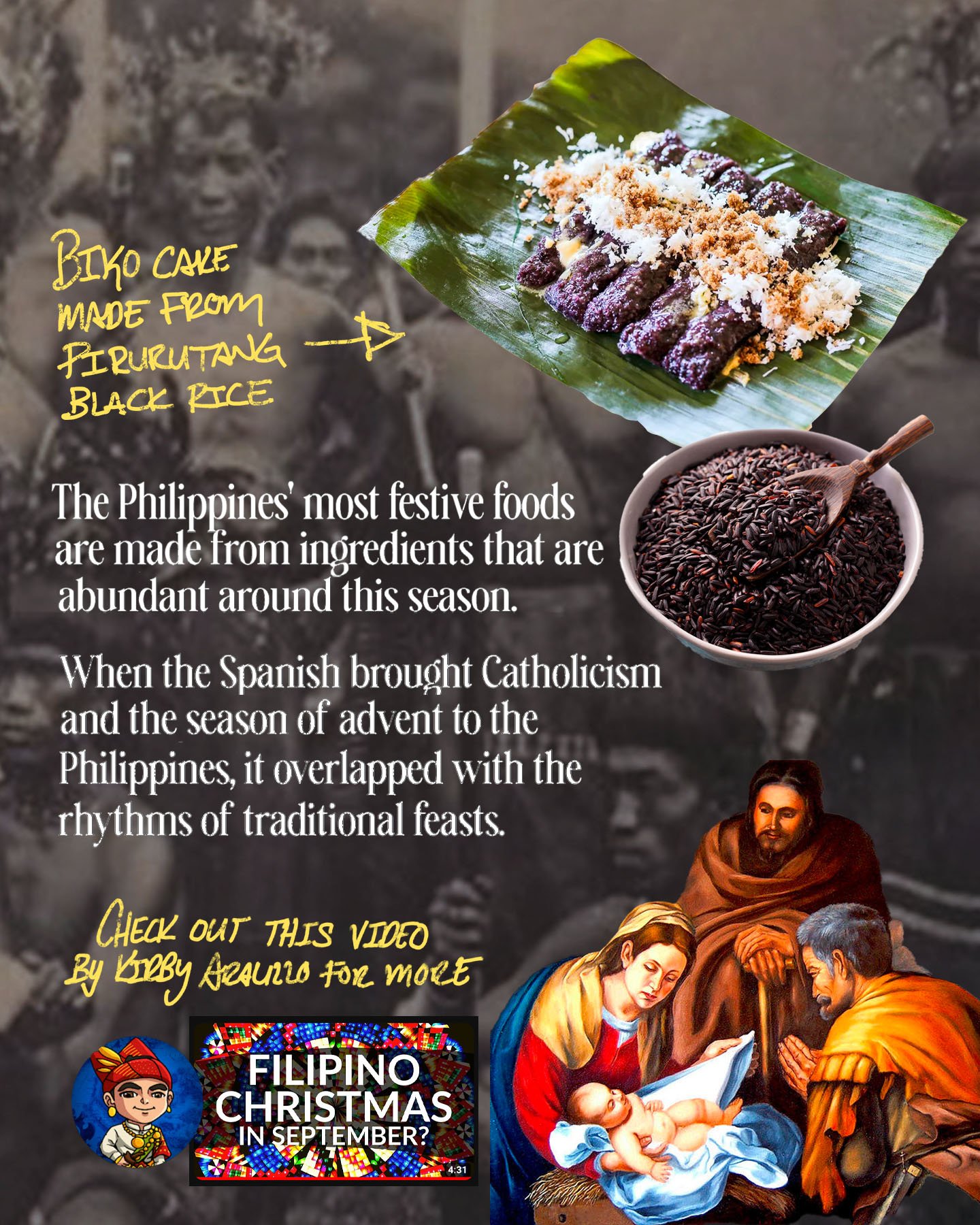

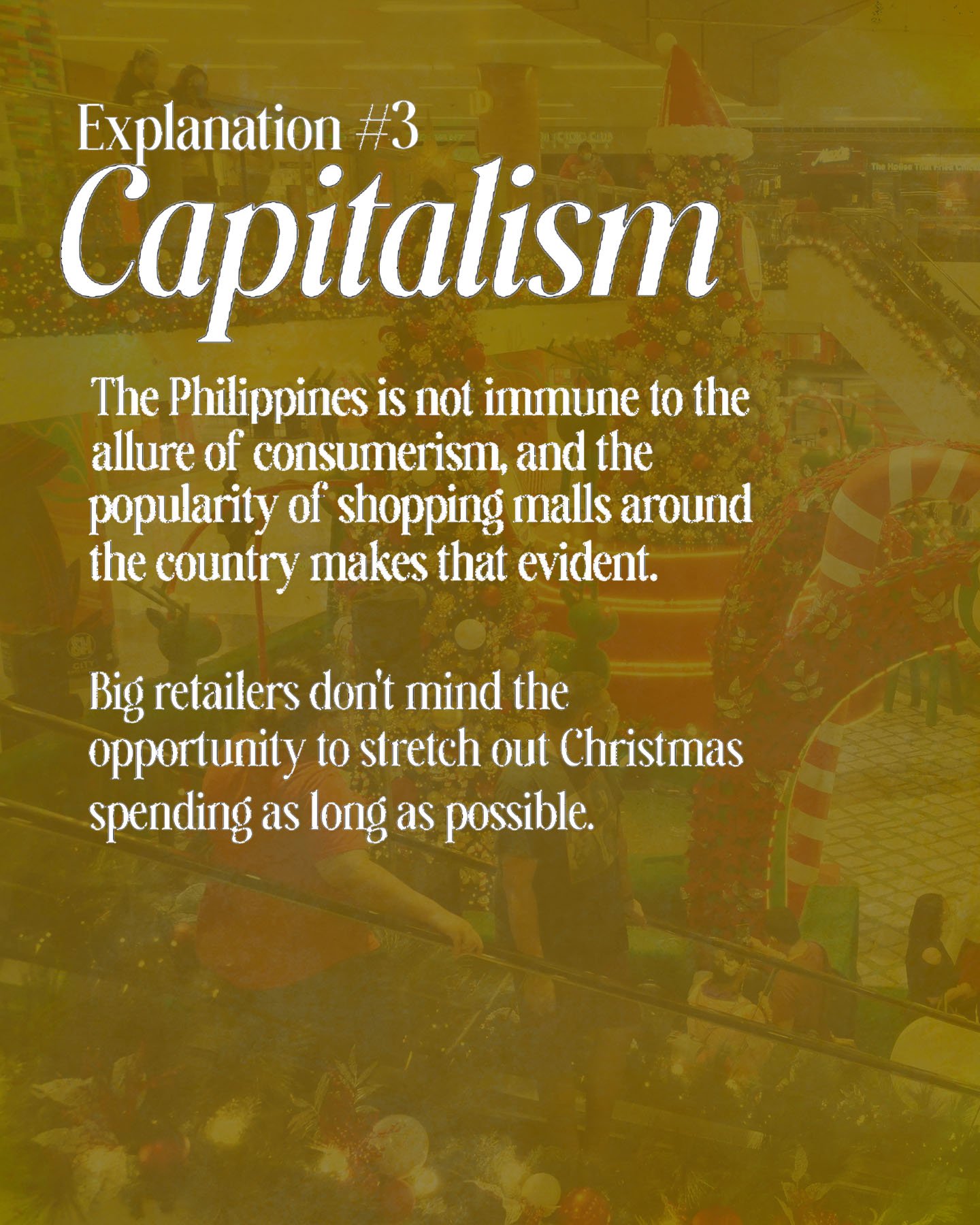
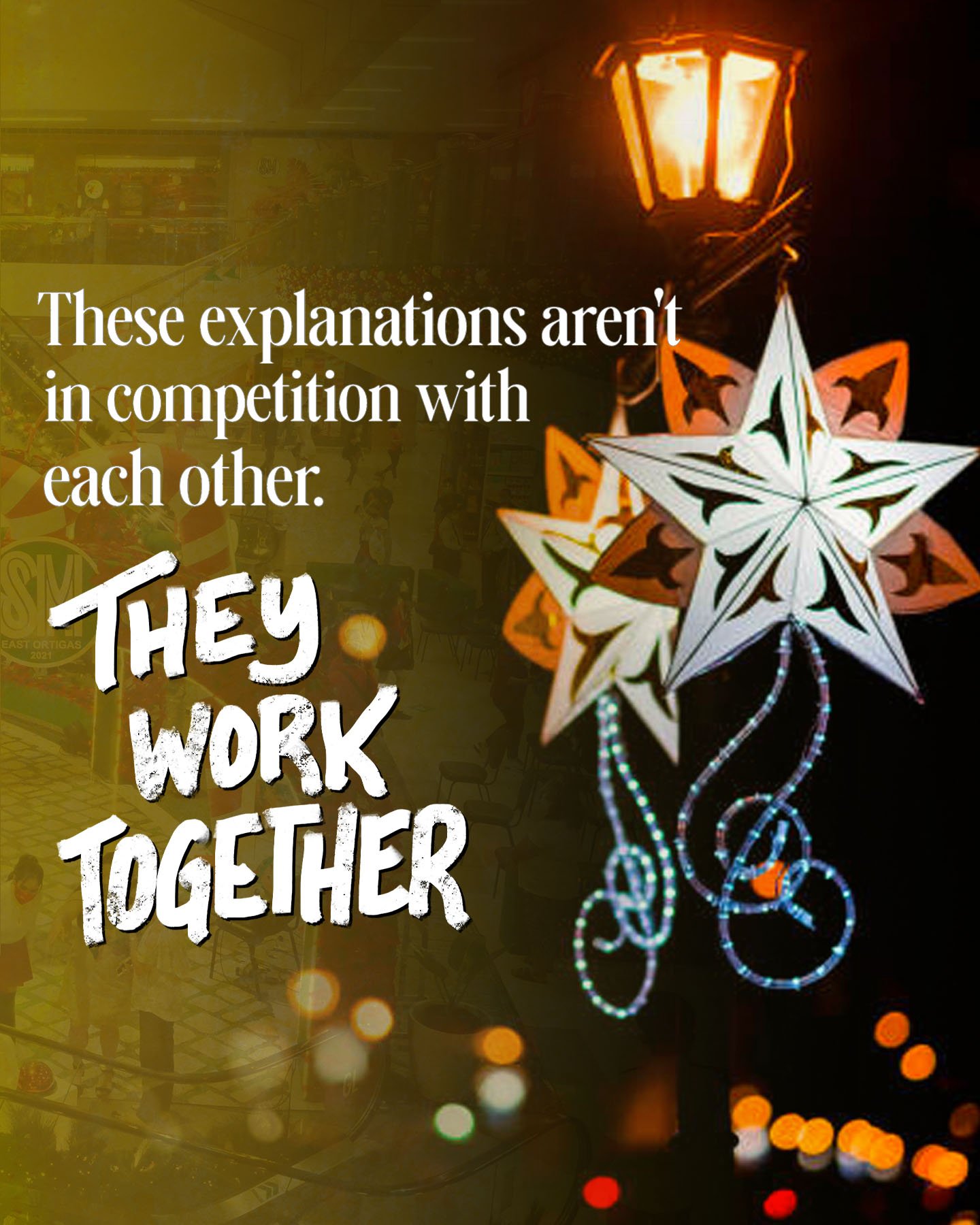
Filipino Christmas szn is here!
IYKYK, but if you don’t, the second September shows up, the Christmas decorations come out in the Philippines. For a long time, it’s been one of many little Filipino quirks I find amusing. Even people who love Christmas season find the early start a bit too punctual. As always, there’s more to the story.
There are a number of different things that probably contributed to this trend being what it is, some of which are even older than Catholicism in the Philippines. And once this became a thing… there’s really no going back!
The Most Extra Fluffernutter
I’ve always been a fan of the fluffernutter sandwich. The richness of peanut butter topped with the lightness of marshmallow fluff. But I’ve also always wanted to try to take this goofy after school snack and make as sophisticated of a version of it as possible.
Japanese milkbread. Spicy gokujang peanut butter. Strawberry toasted marshmallow fluff.
What went well: 🥪 The inside of the sandwich for the most part. I think I nailed that peanut butter, getting that perfect balance of salty, sweet, and spicy with the crisp texture I like. The marshmallow fluff and strawberry dust also came together really well and torching it went as I hoped it would.
What didn’t: 🥪 The bread. Bread is hard when you have a life prone to interruptions. I had to try and rescue overproofed dough and baked under time pressure. The result was way too dense for milkbread. Later used the rest of the PB & Fluff on store bought brioche which was way better.
Bricks & Pollution in Bangladesh
I came to Bangladesh primarily wanting to talk to people engaged in solving its biggest problems. The most inescapable challenge, particularly in Dhaka, is air pollution. The city routinely ranks as the most polluted in the world.
Surely there was somebody with a plan. A strategy to change this.
I found out that the primary culprit for the pollution were Dhaka’s brick kilns- there were over a thousand of them around the city. At any given brick kiln, you could find hundreds of brick workers, people who took these difficult and dangerous jobs because their rural livelihoods were lost to climate change.
The irony was that Dhaka needed to produce so many bricks because it was growing quickly, but the reason it was growing so fast was because of all the climate migrants arriving to replace their farm income with jobs like these.
A solution to the pollution in Dhaka might not necessarily begin in Dhaka. Anything to lessen the threat of climate change curbs migration, the pressure on Dhaka, and the risk of people working under such harsh conditions.
Climate Storytelling
I love what I do because…
…I love people. And places. And getting to tell the story of how different communities are confronting a planet-wide crisis is both a way to engage with people and places, while doing my small bit to protect them.
…I’m a believer that solutions need as much attention as problems, and when you don’t present solutions, you end up creating a sense of fatalism and helplessness. The few but powerful people who profit from destroying the planet benefit greatly when we give in to that fatalism.
…I’ve always had a hard time choosing just one thing to be interested in. But climate touches everything! From local foods to traditional instruments to wildlife and customs and festivals.
…honestly, it’s fun. The climate crisis can be heavy and anxiety-inducing. I am even more concerned about it because I know by name people who are directly harmed by it. But I am also a big believer in the determination and innovation I’ve seen in communities all over the place.
So thankful I get to make a life from storytelling!




